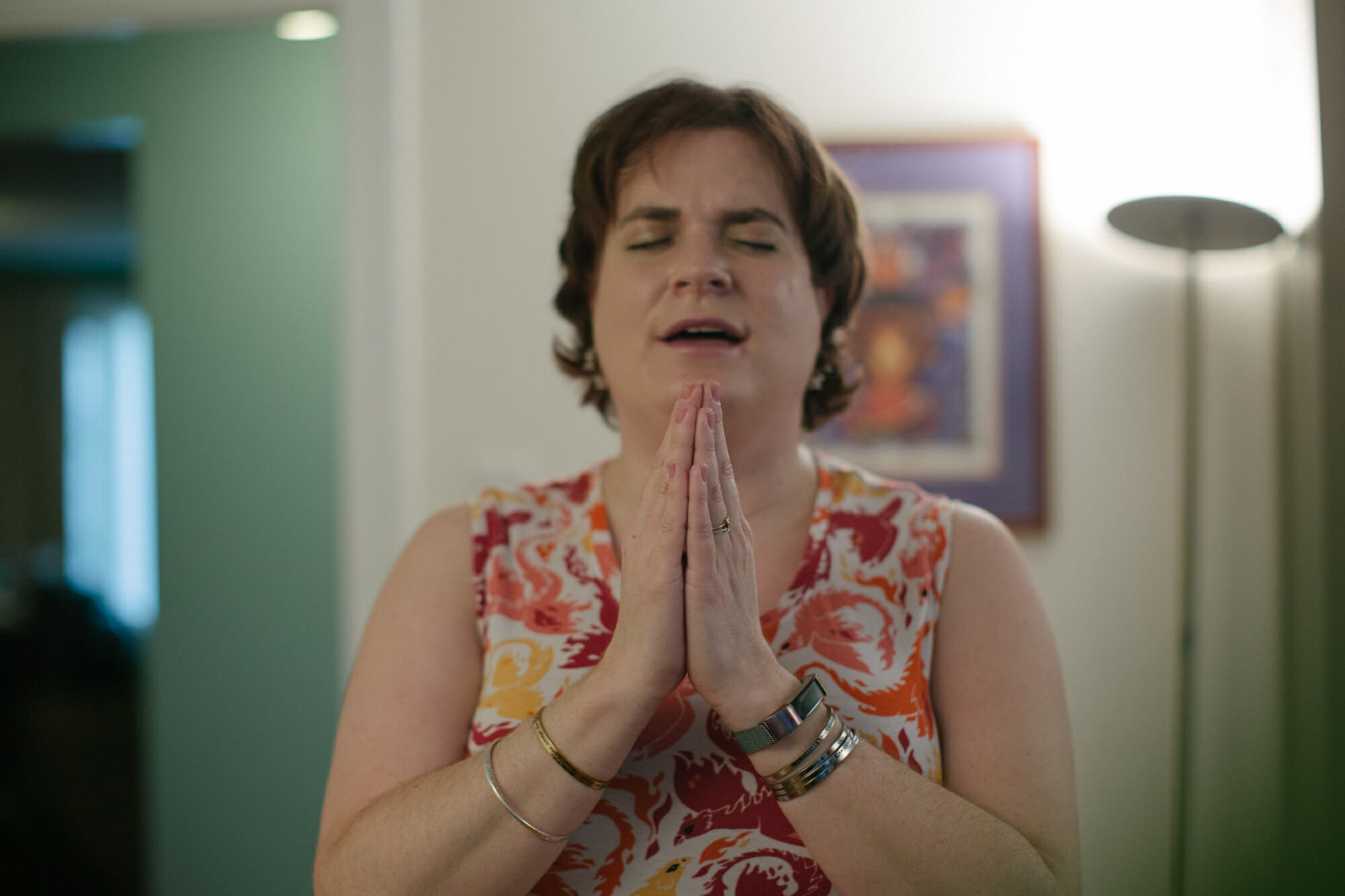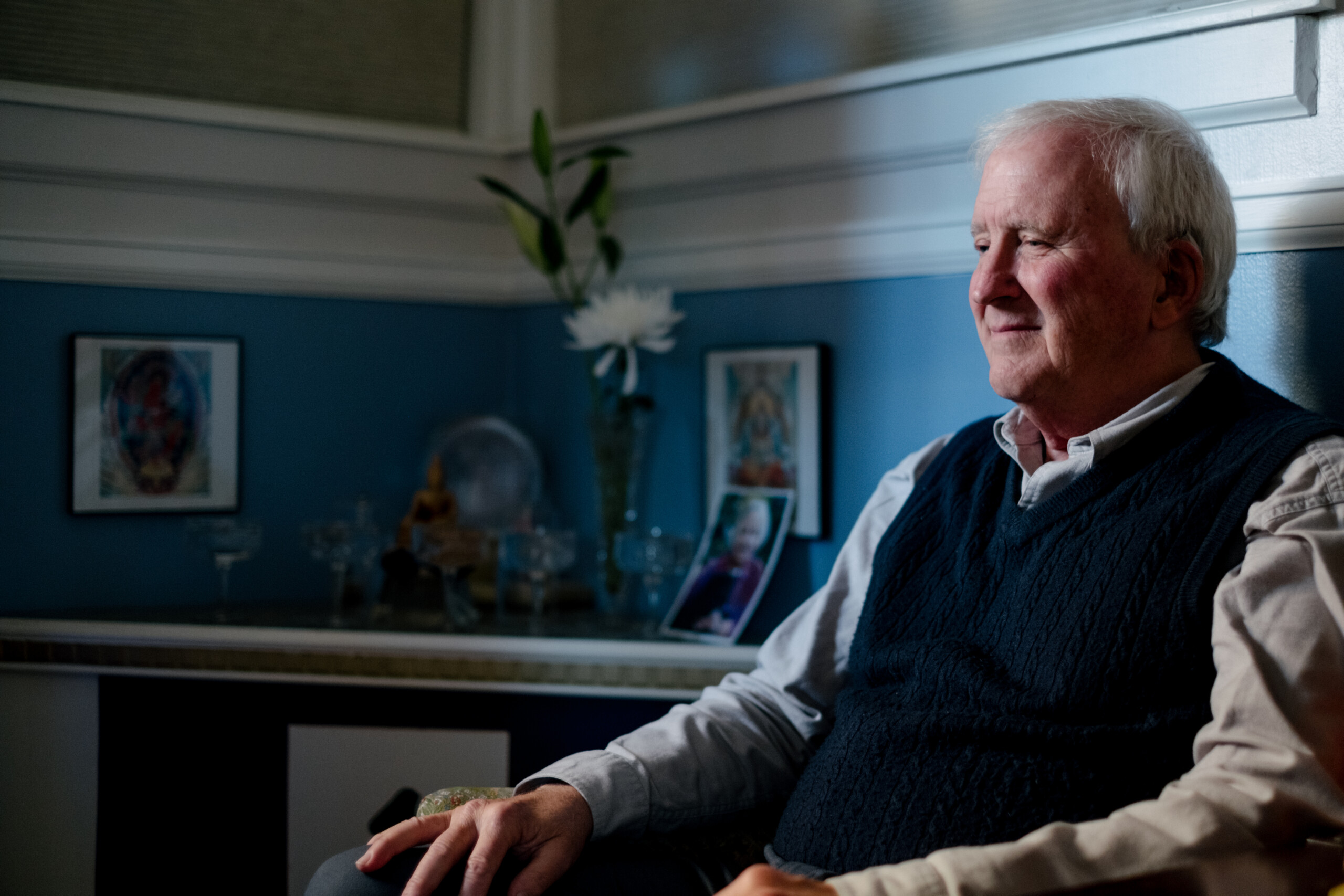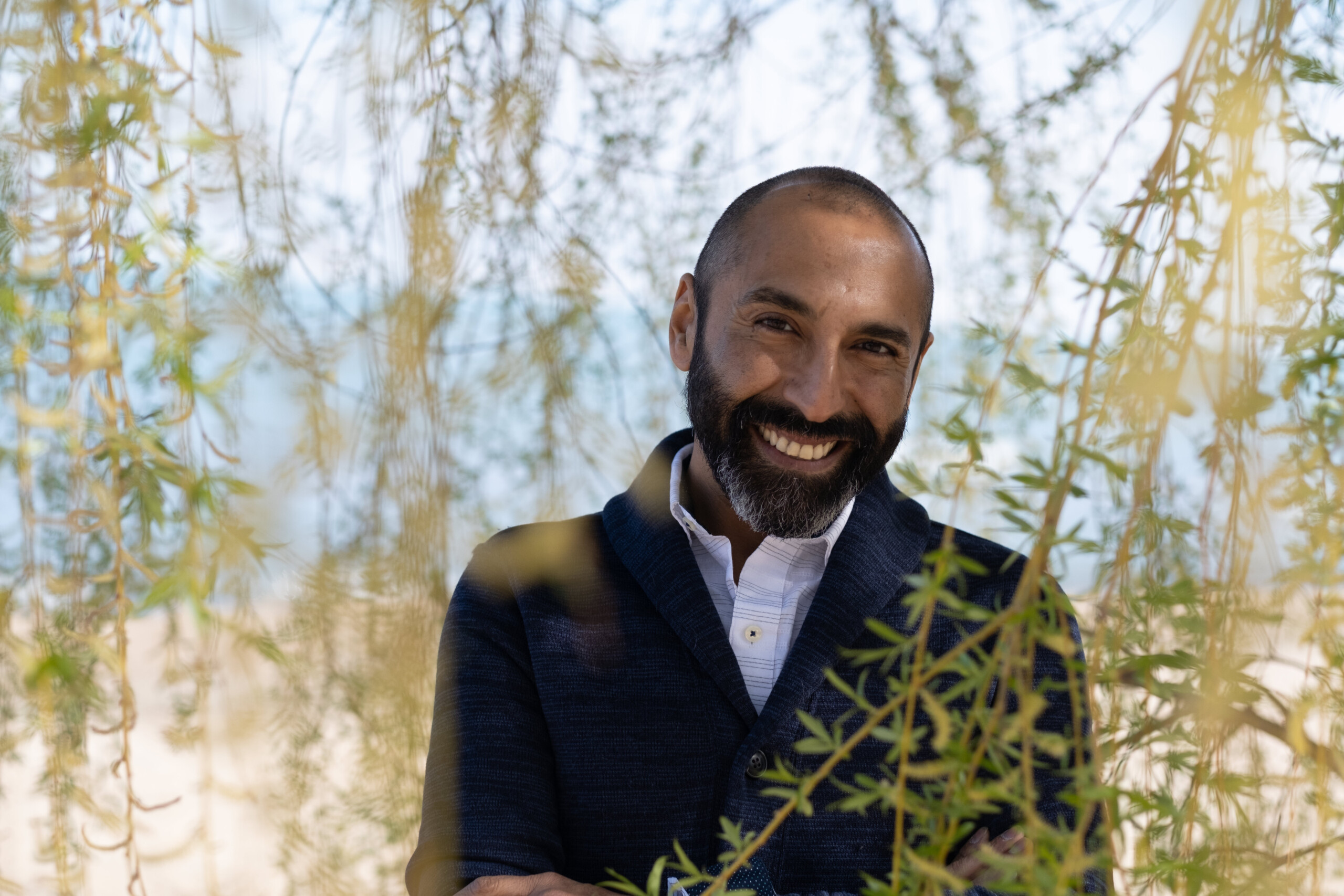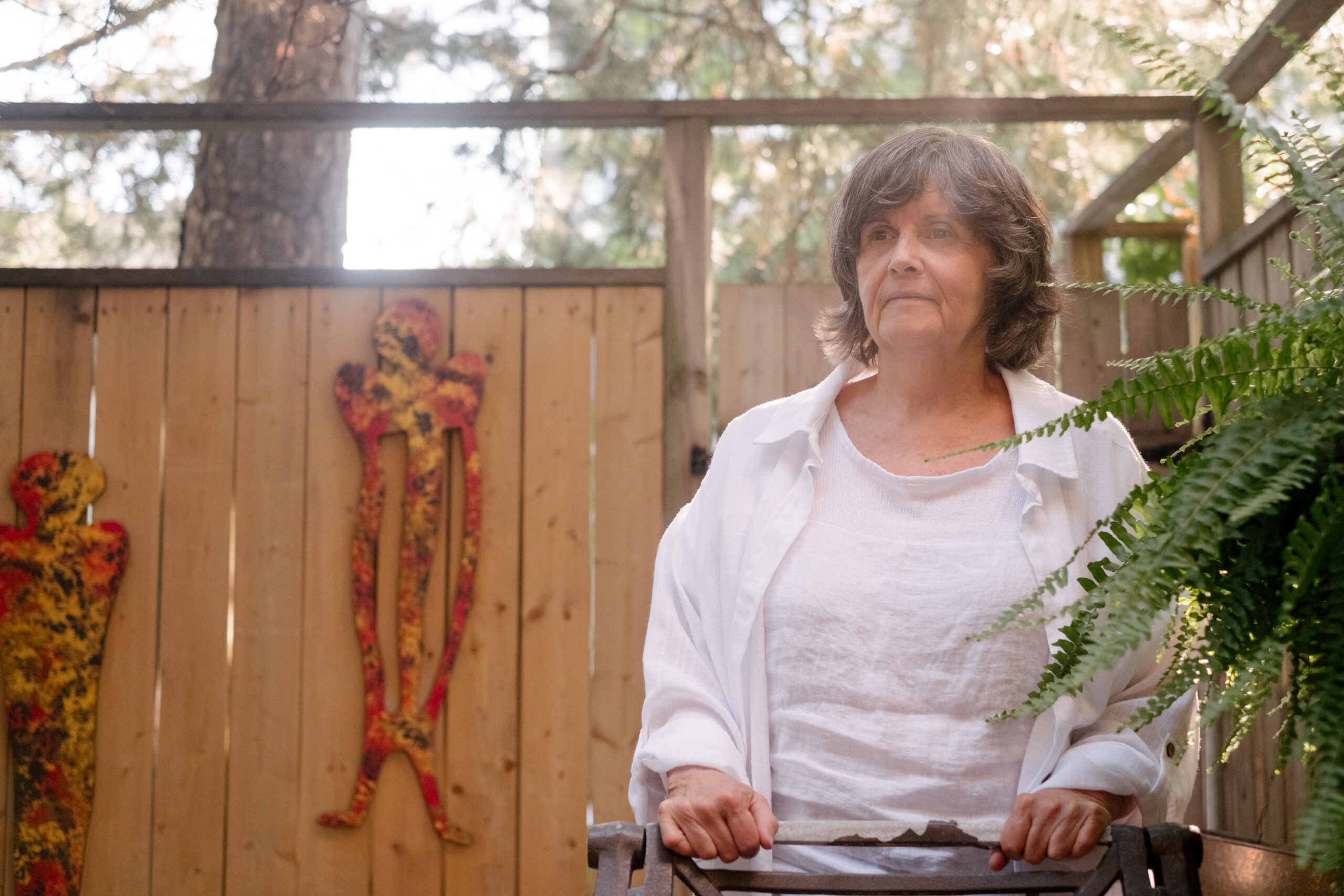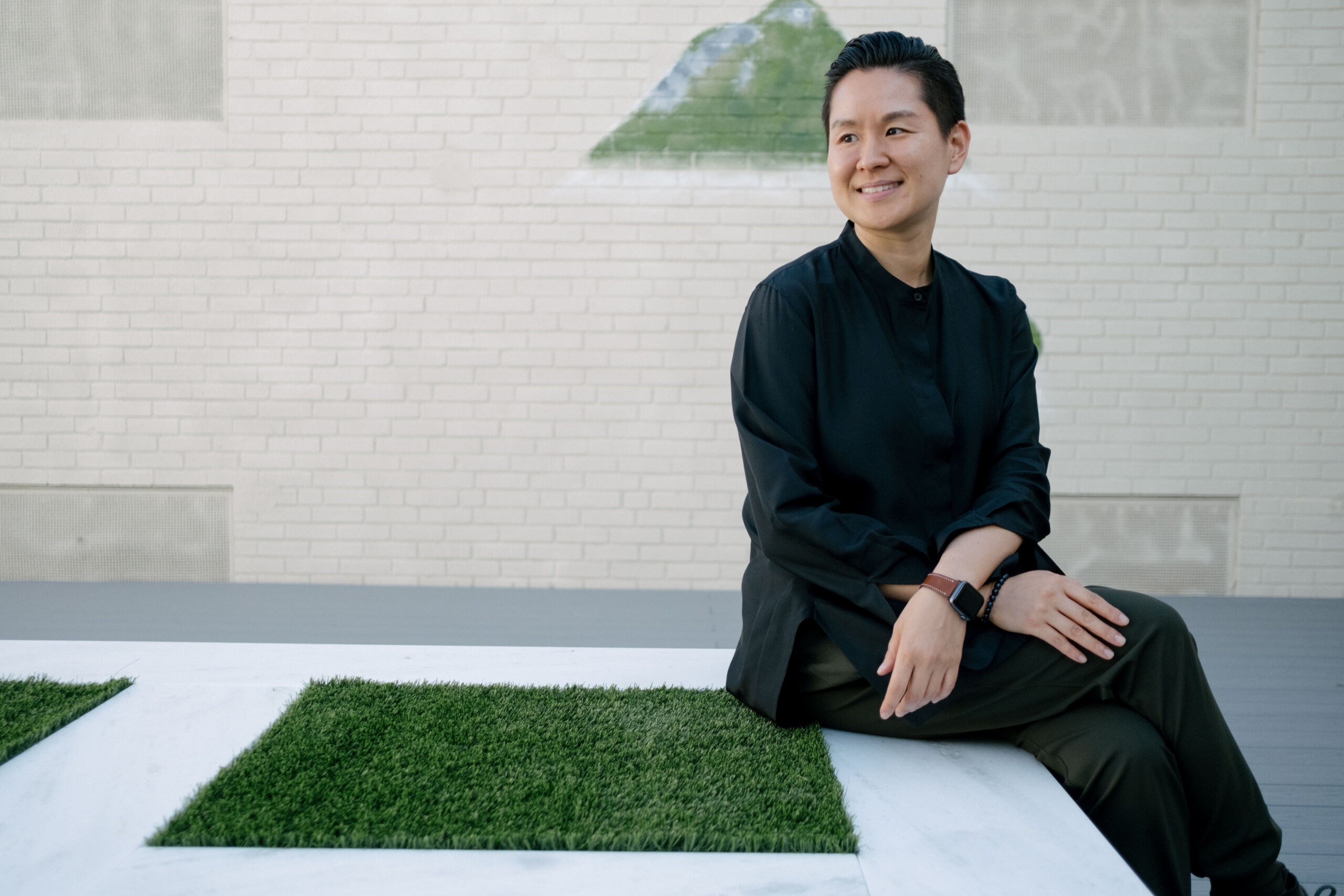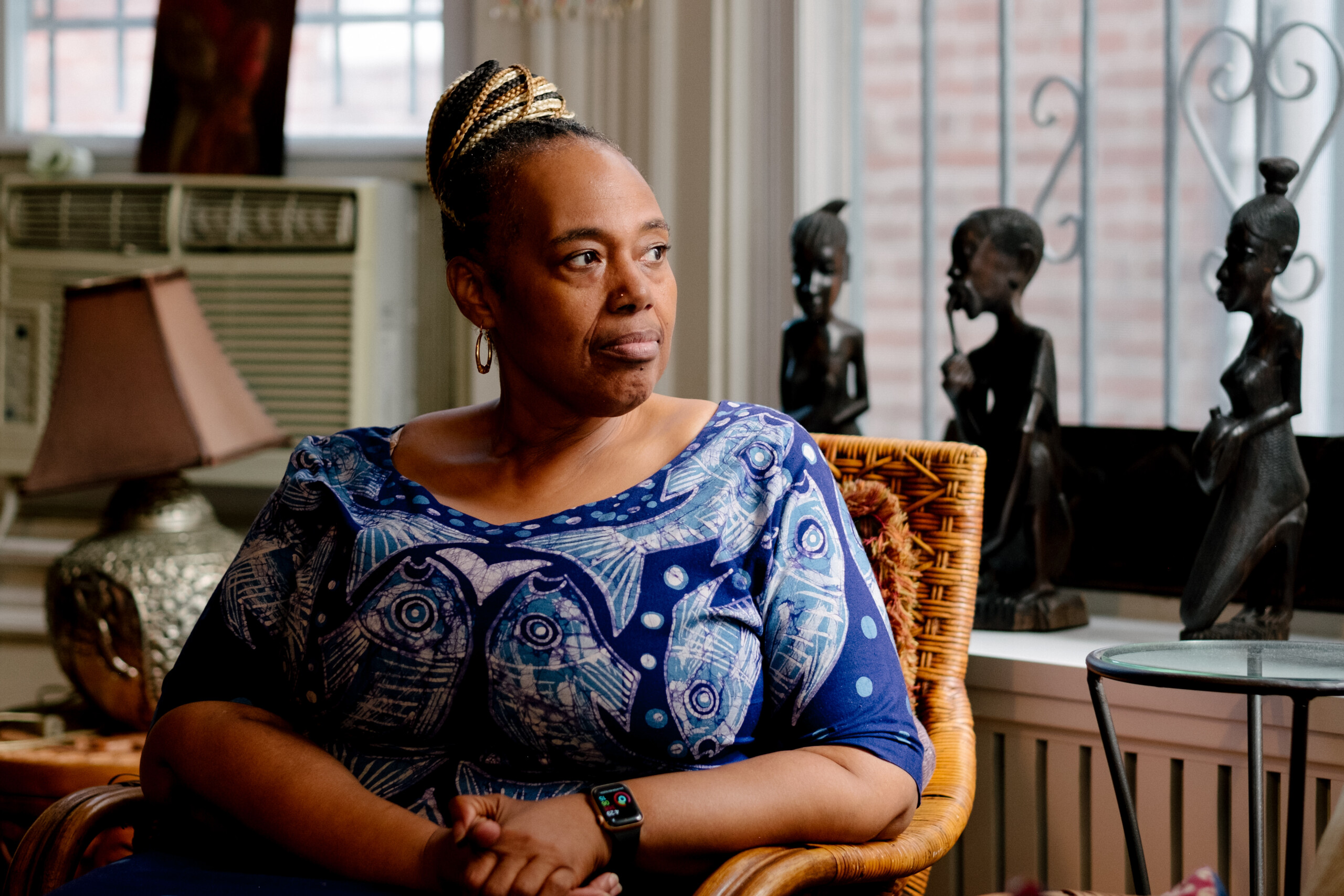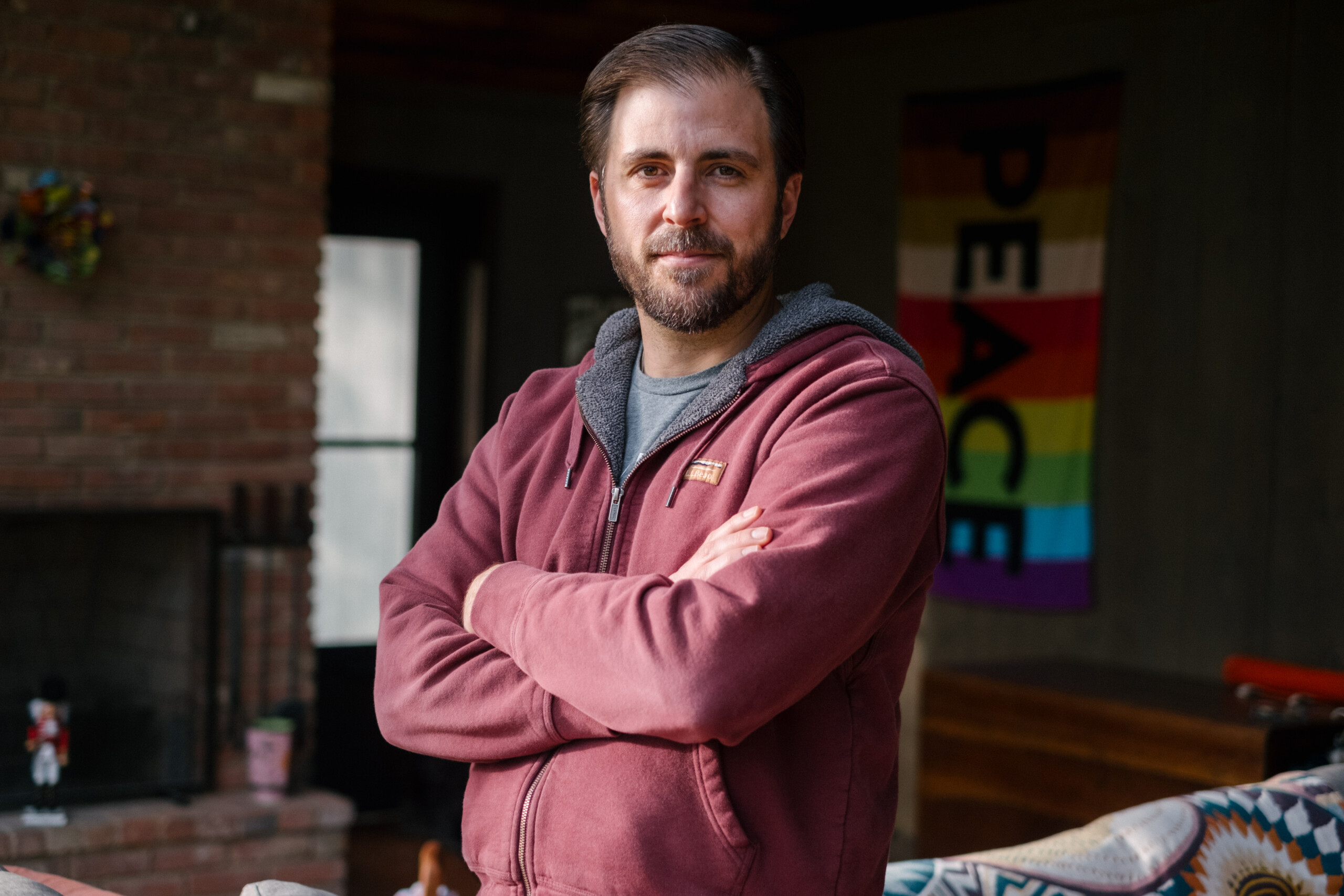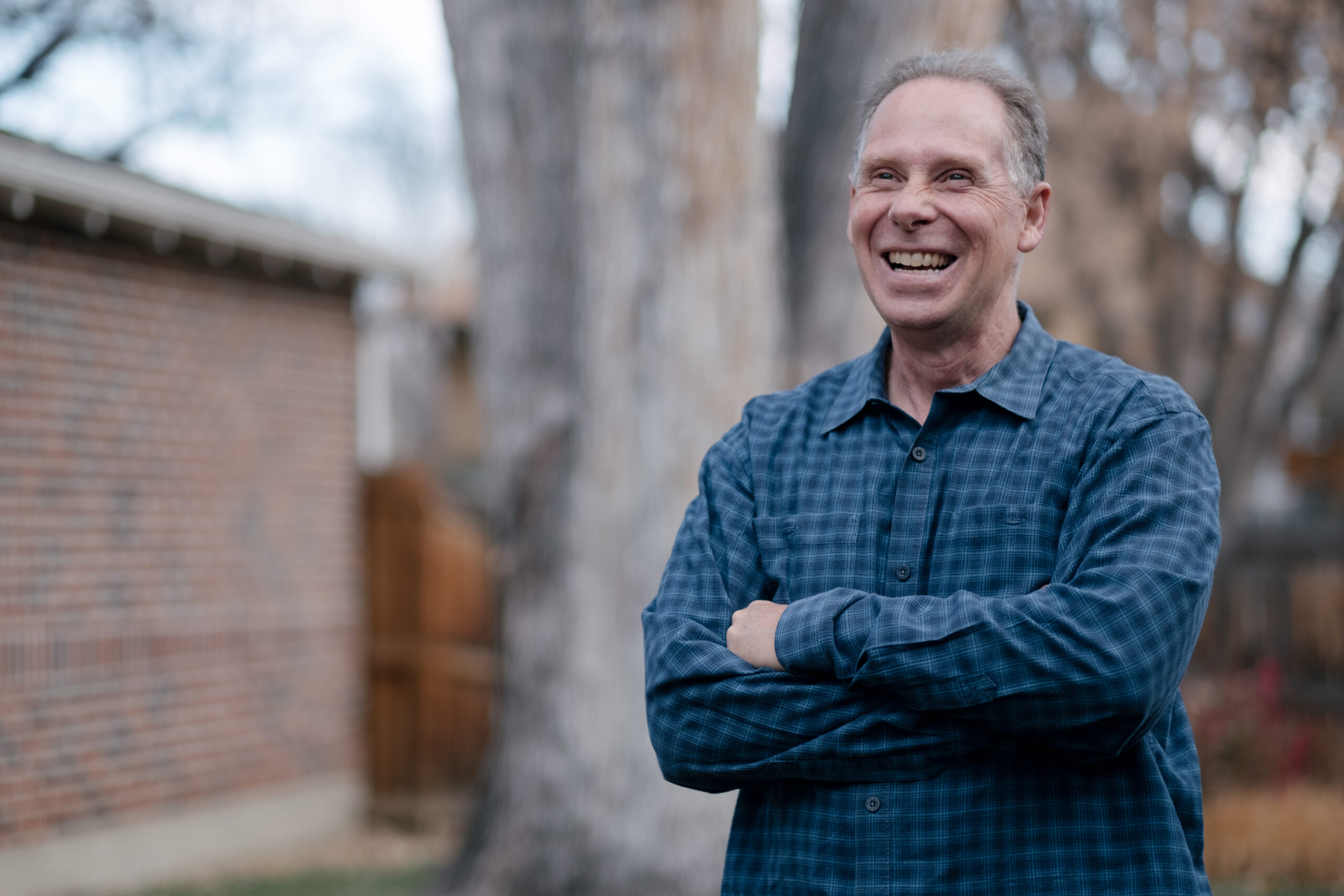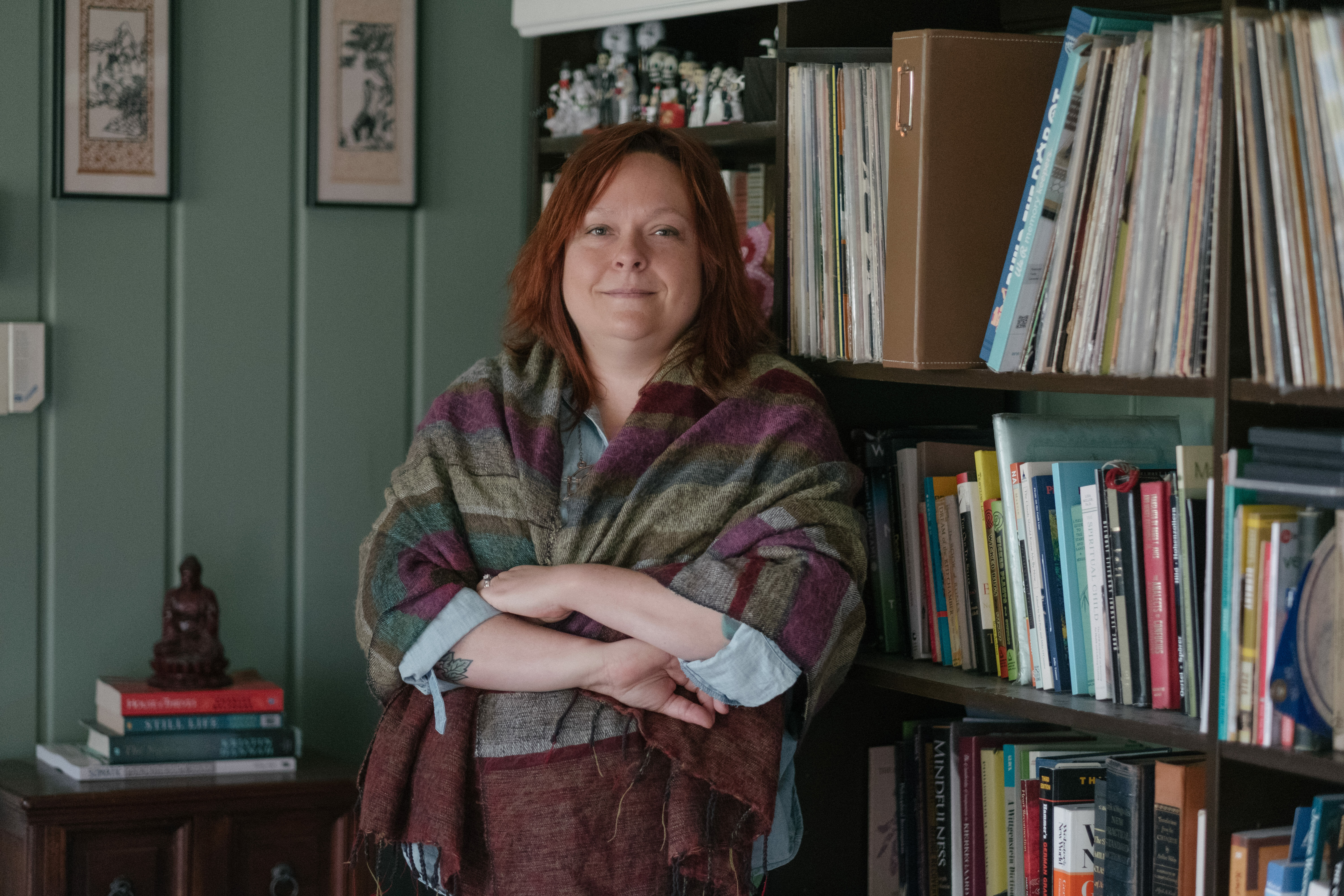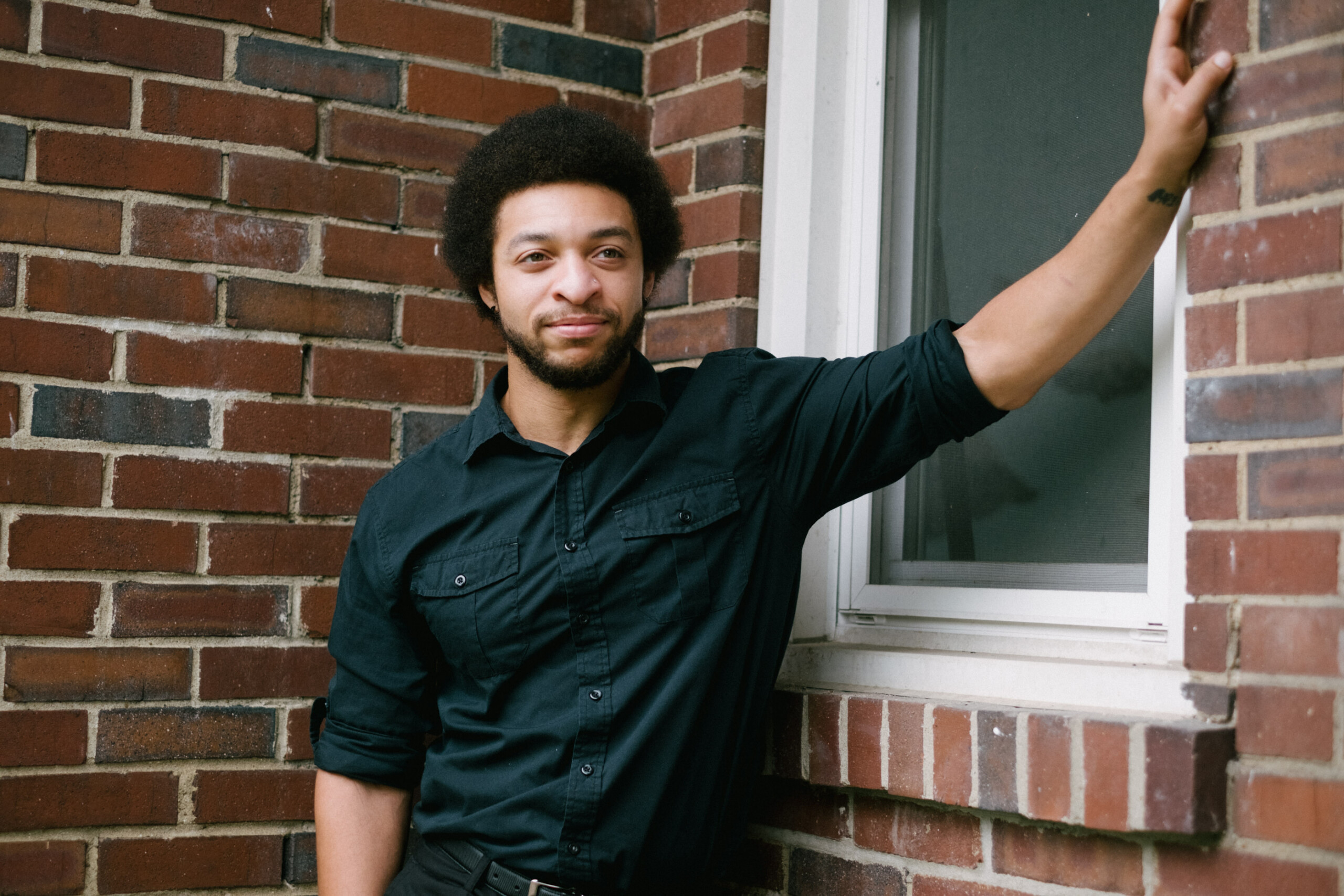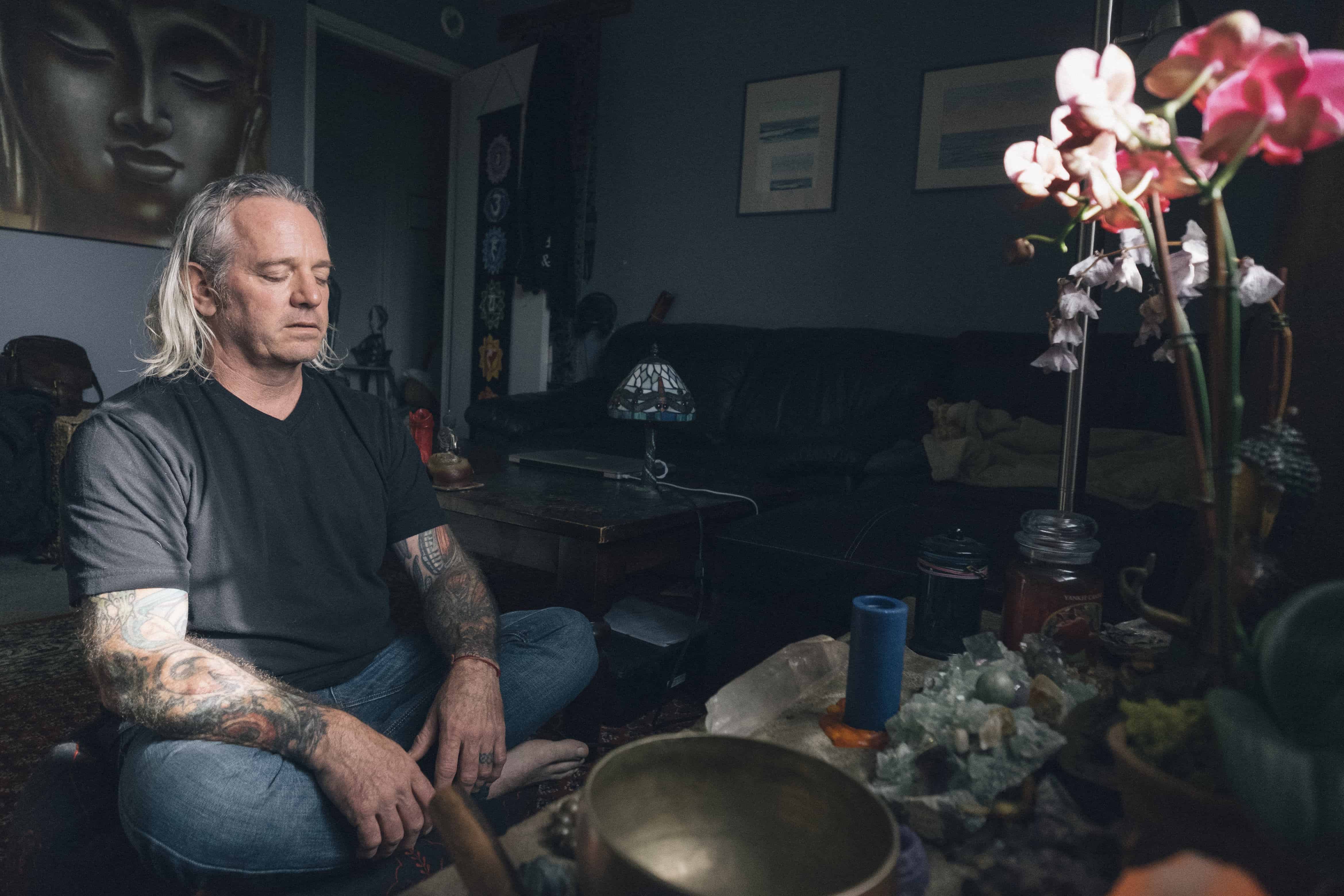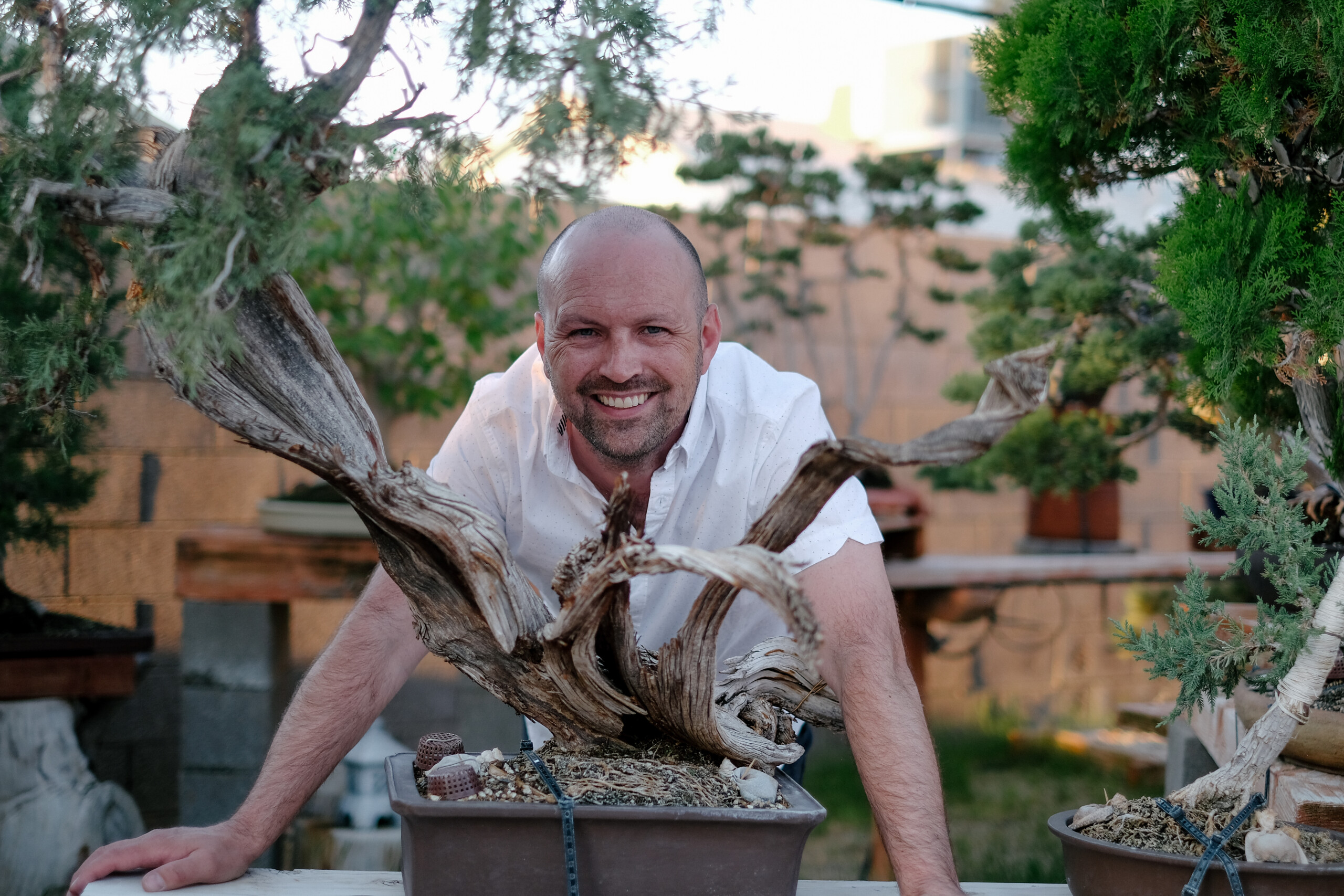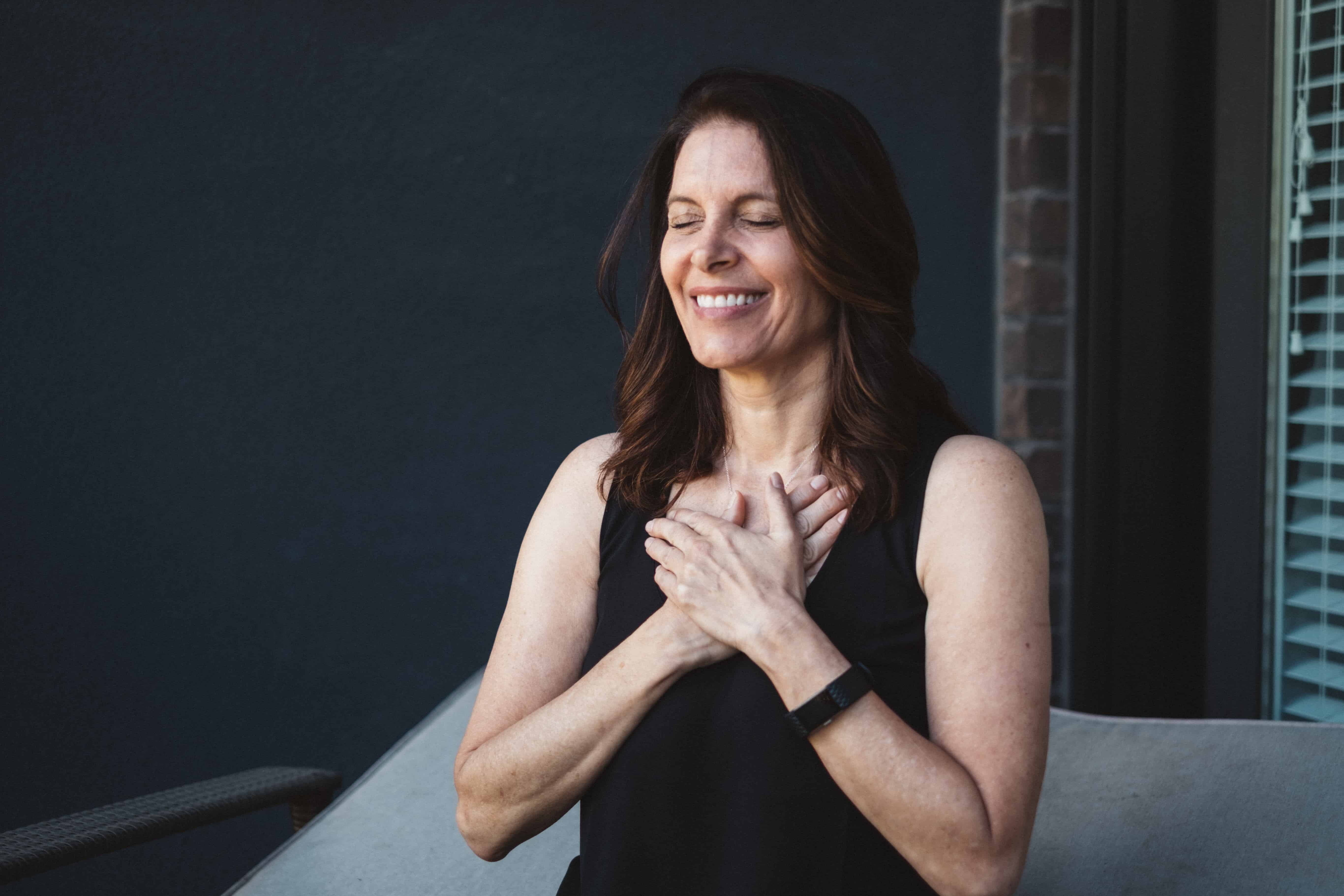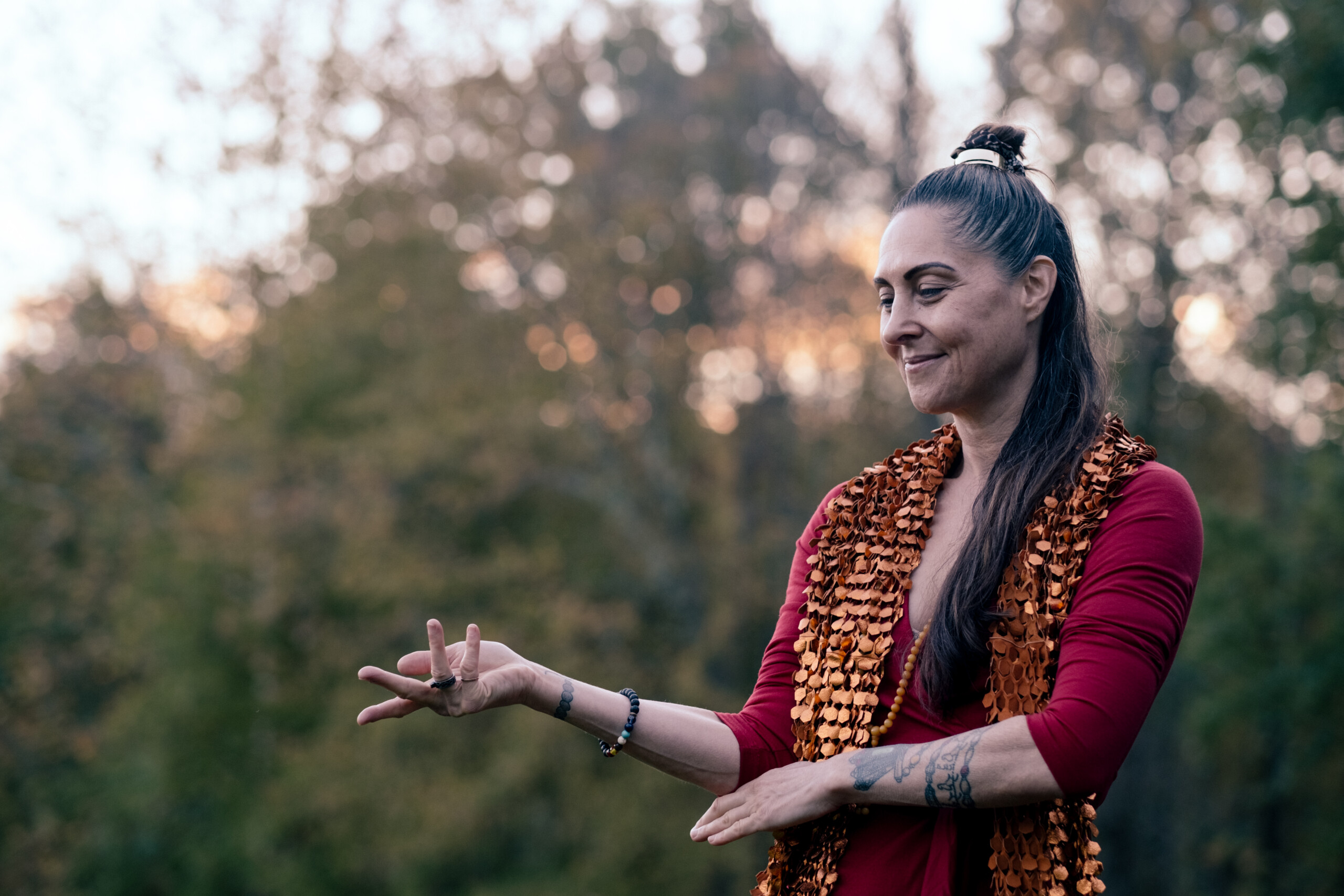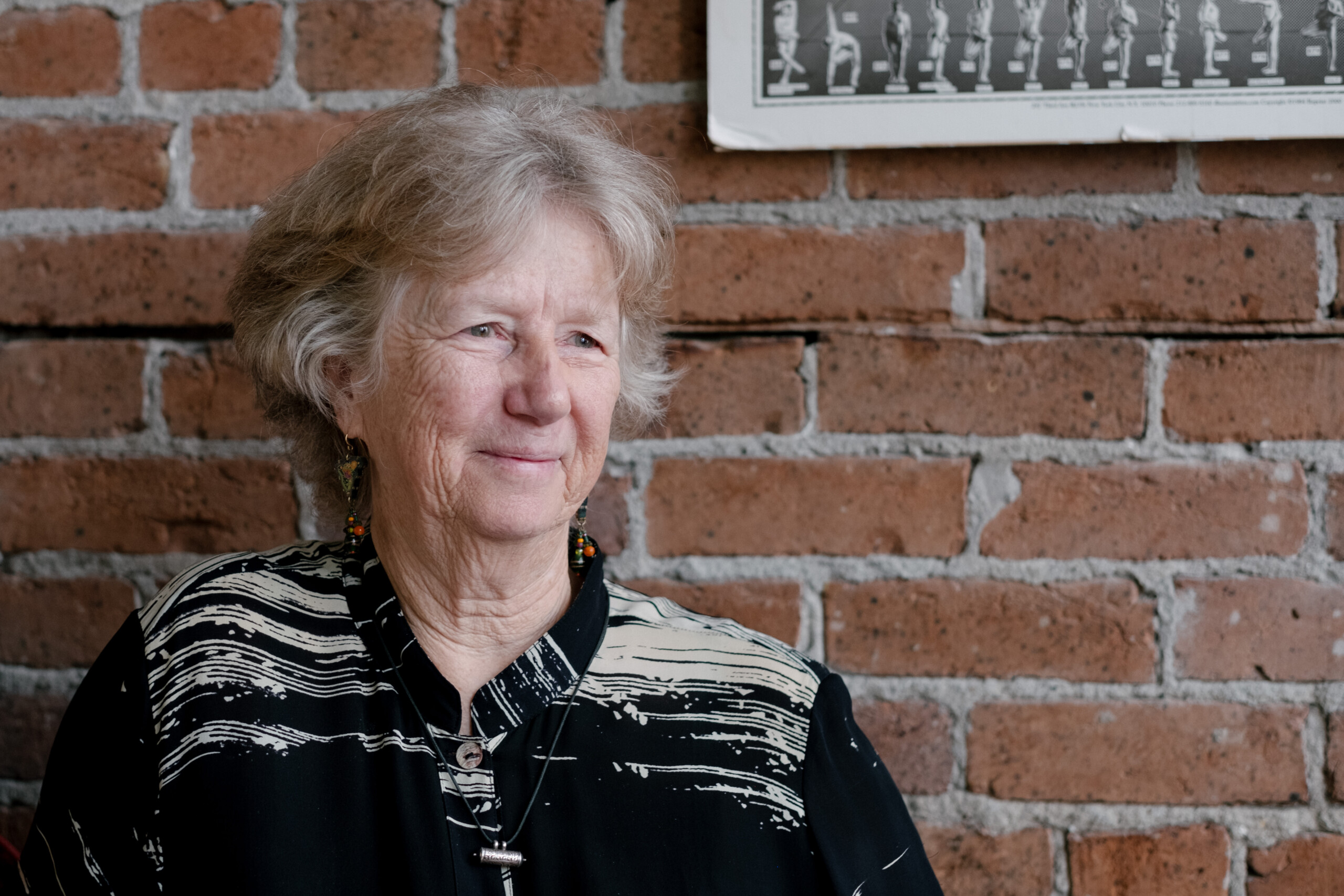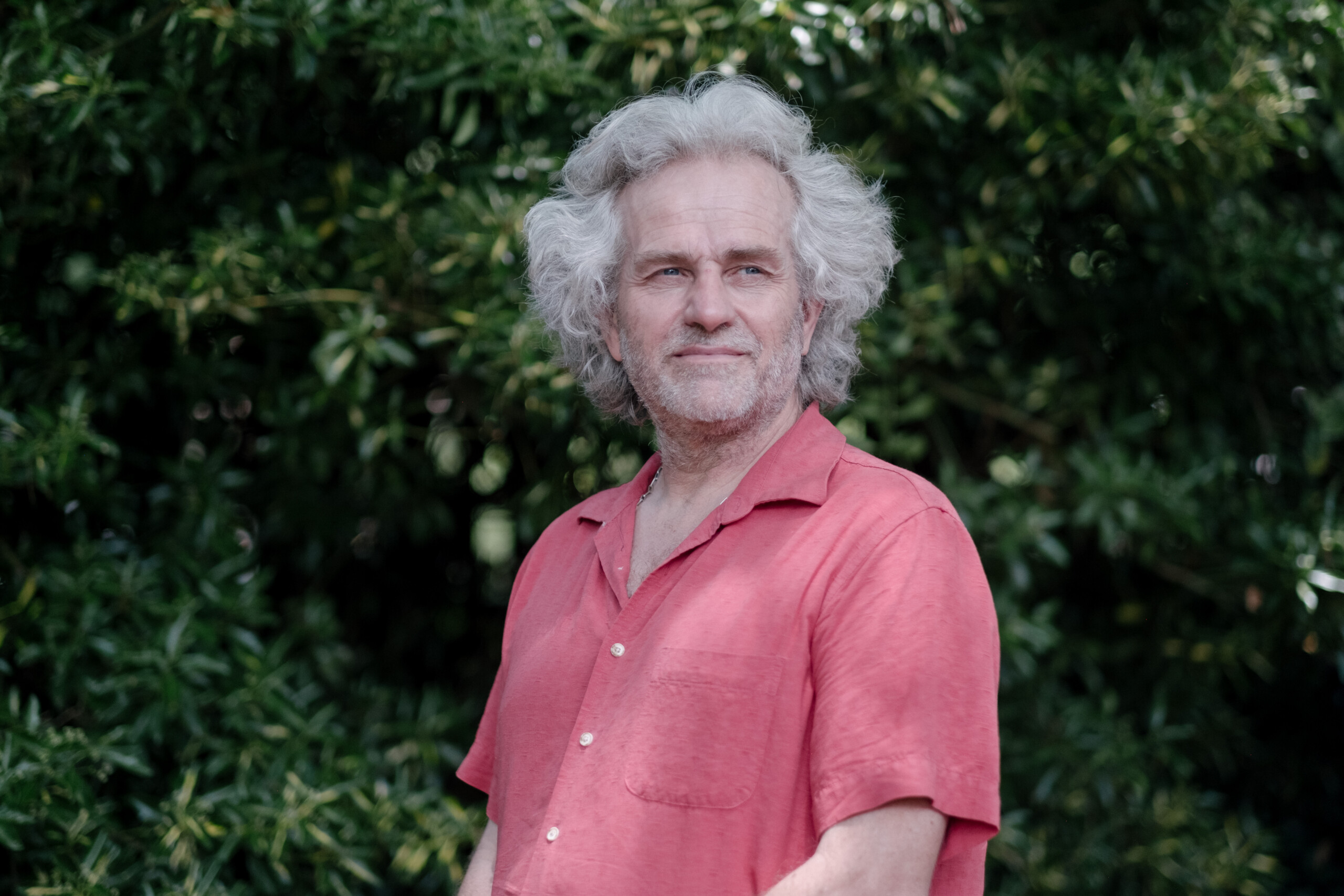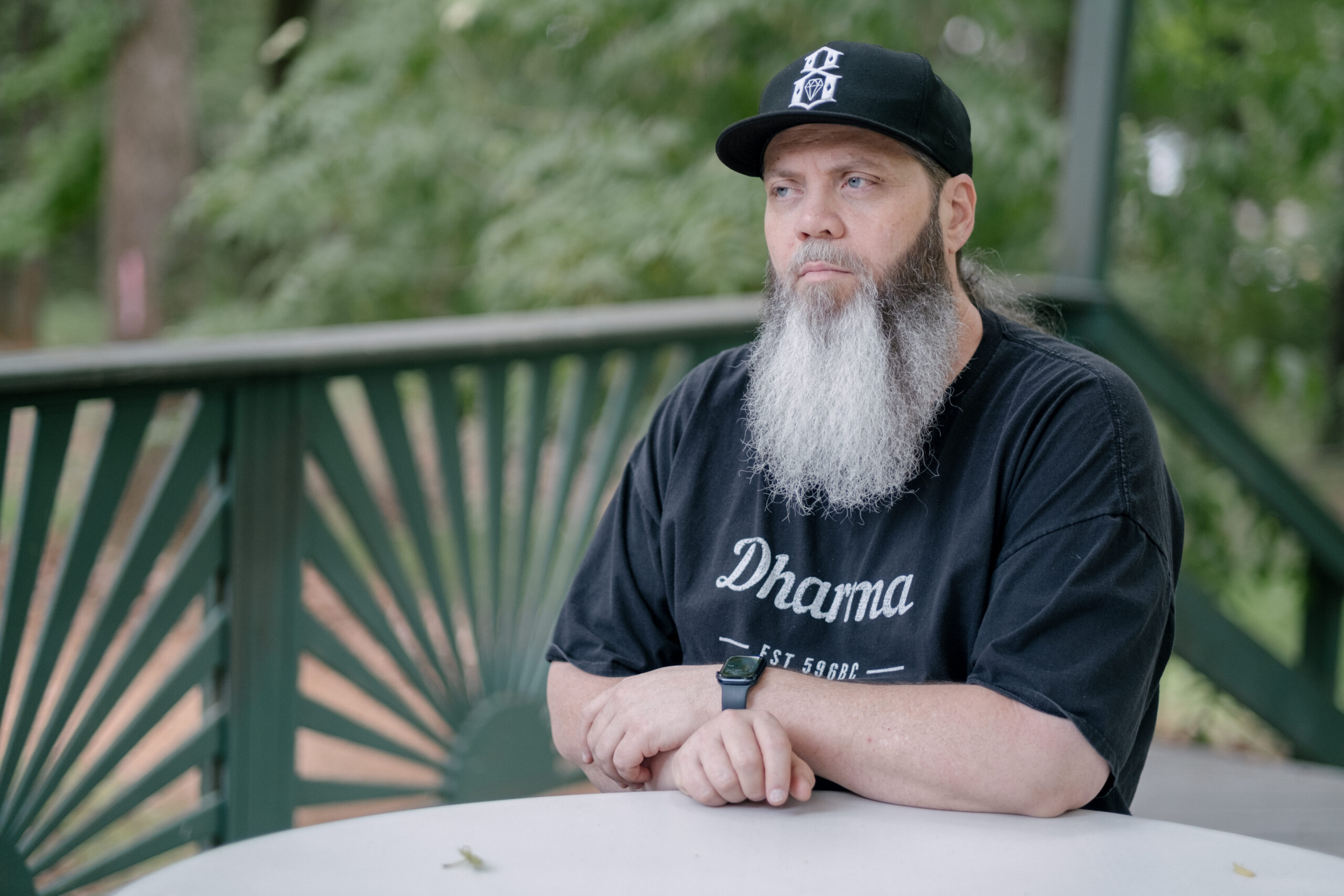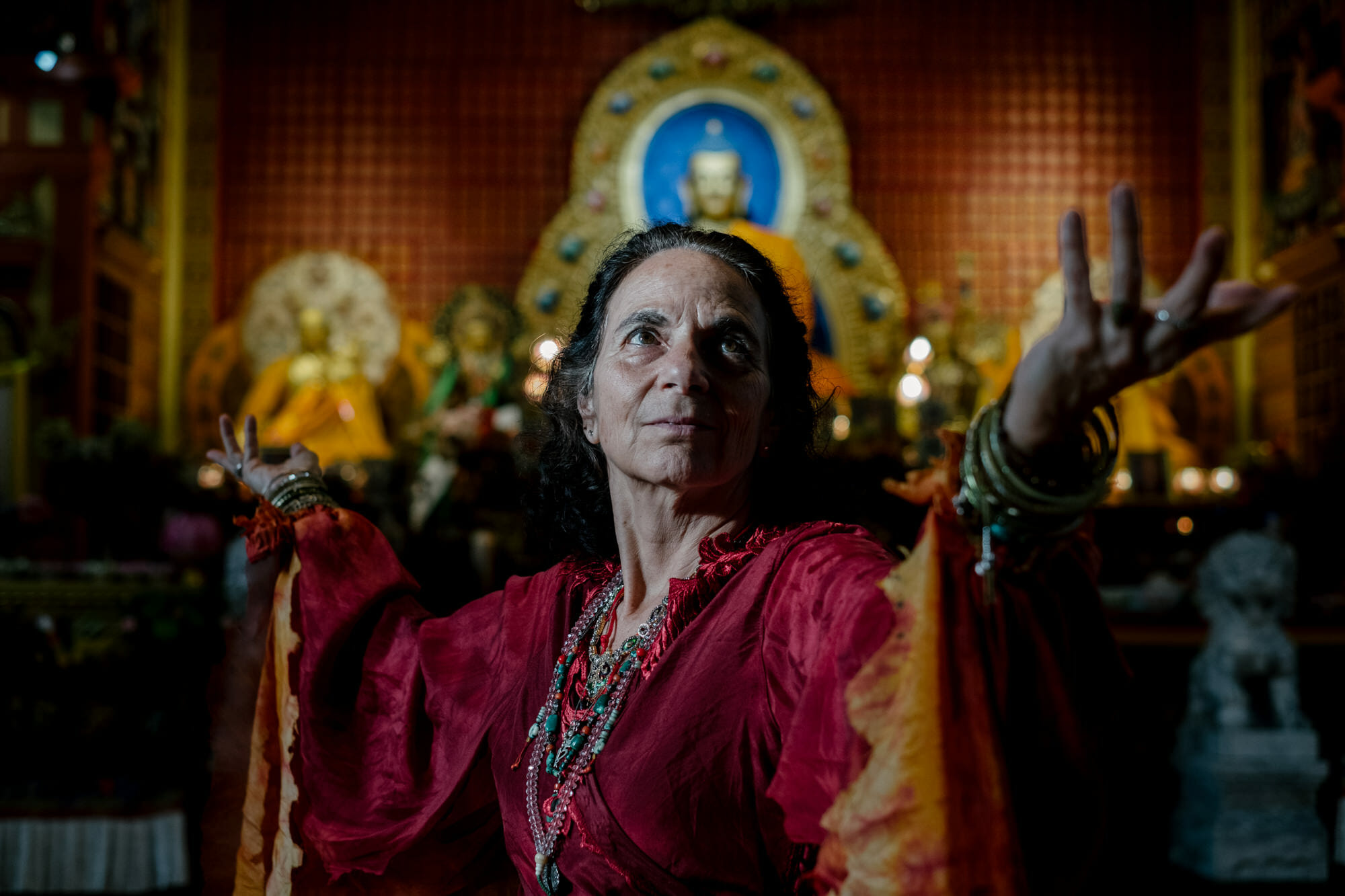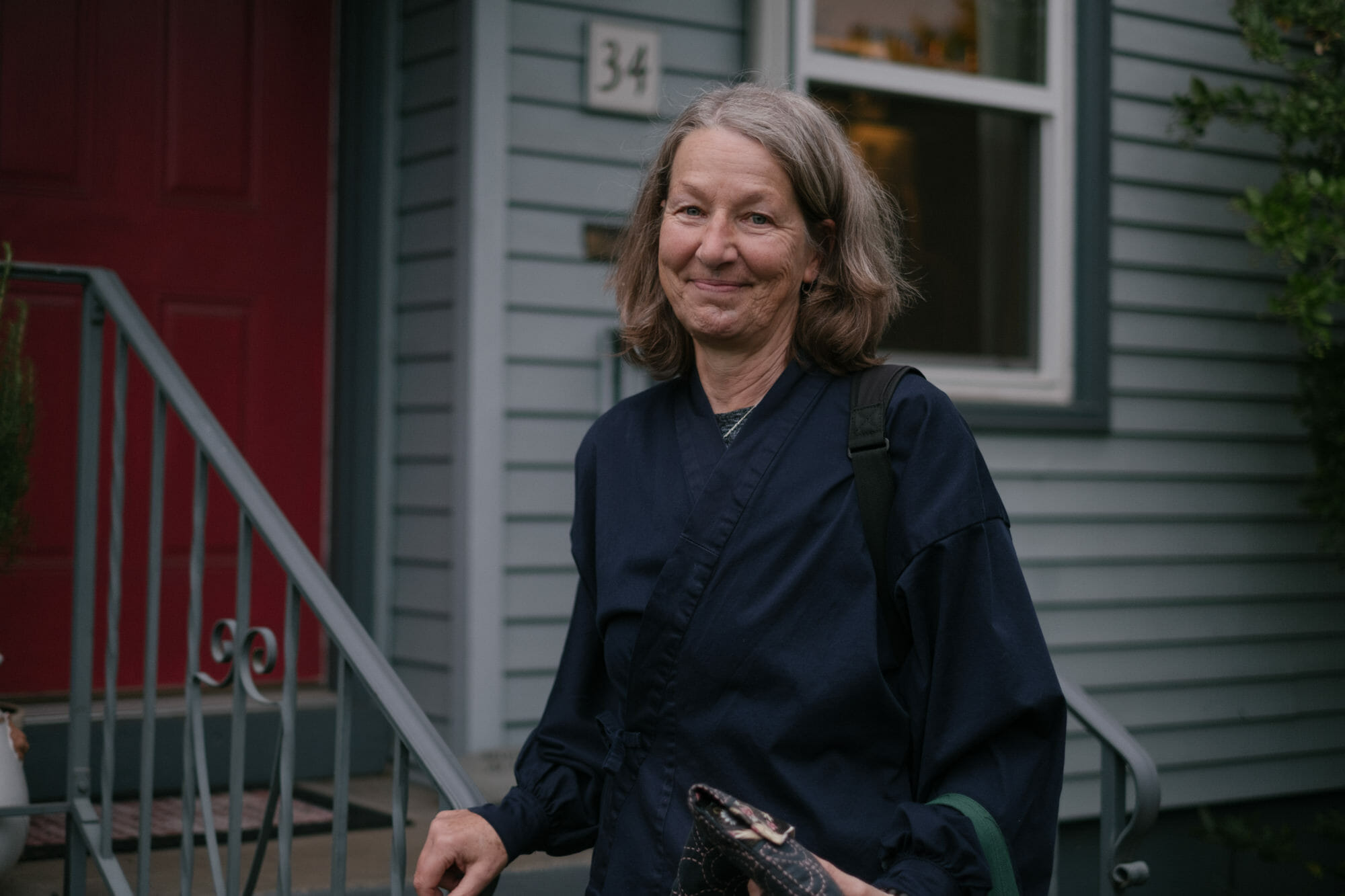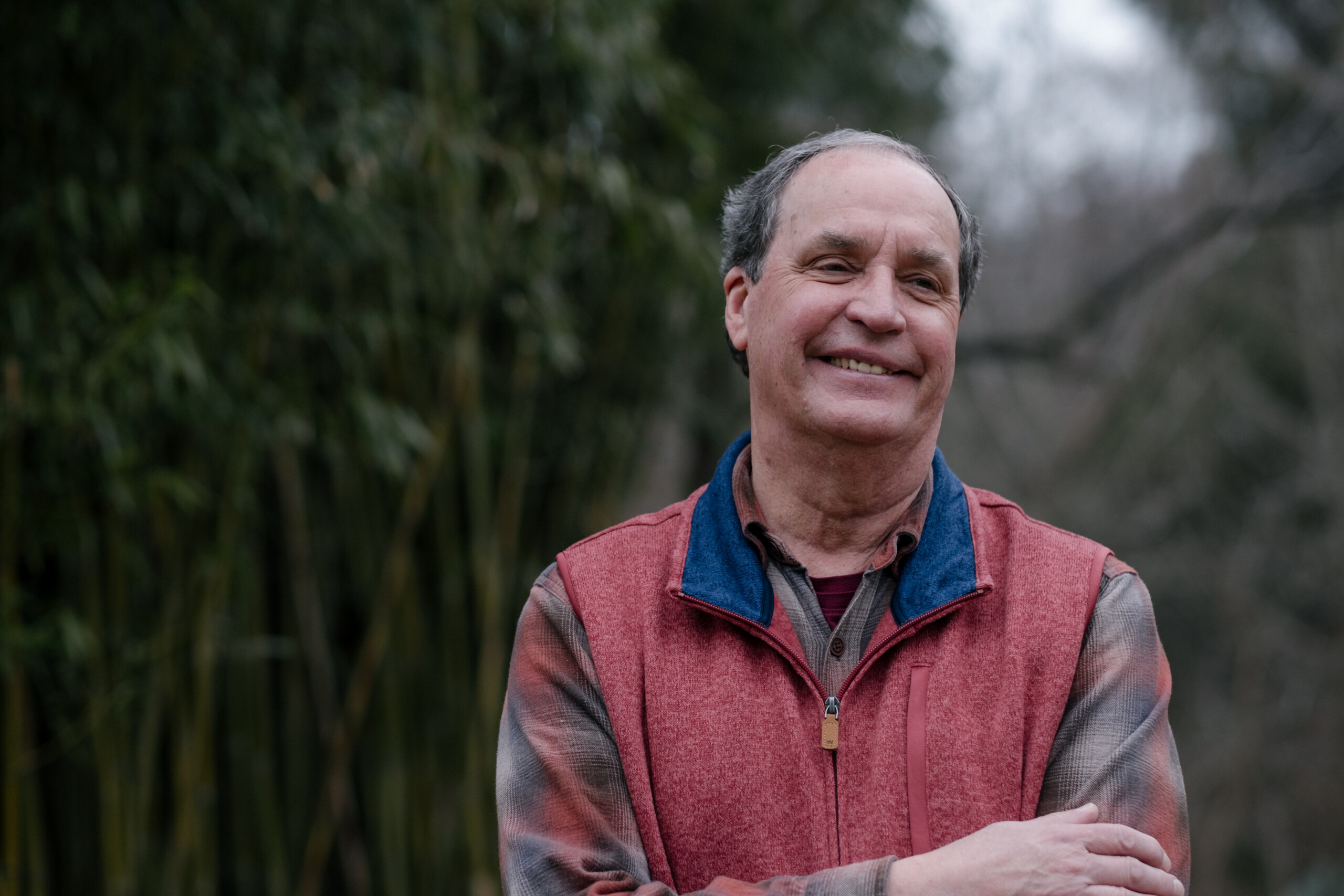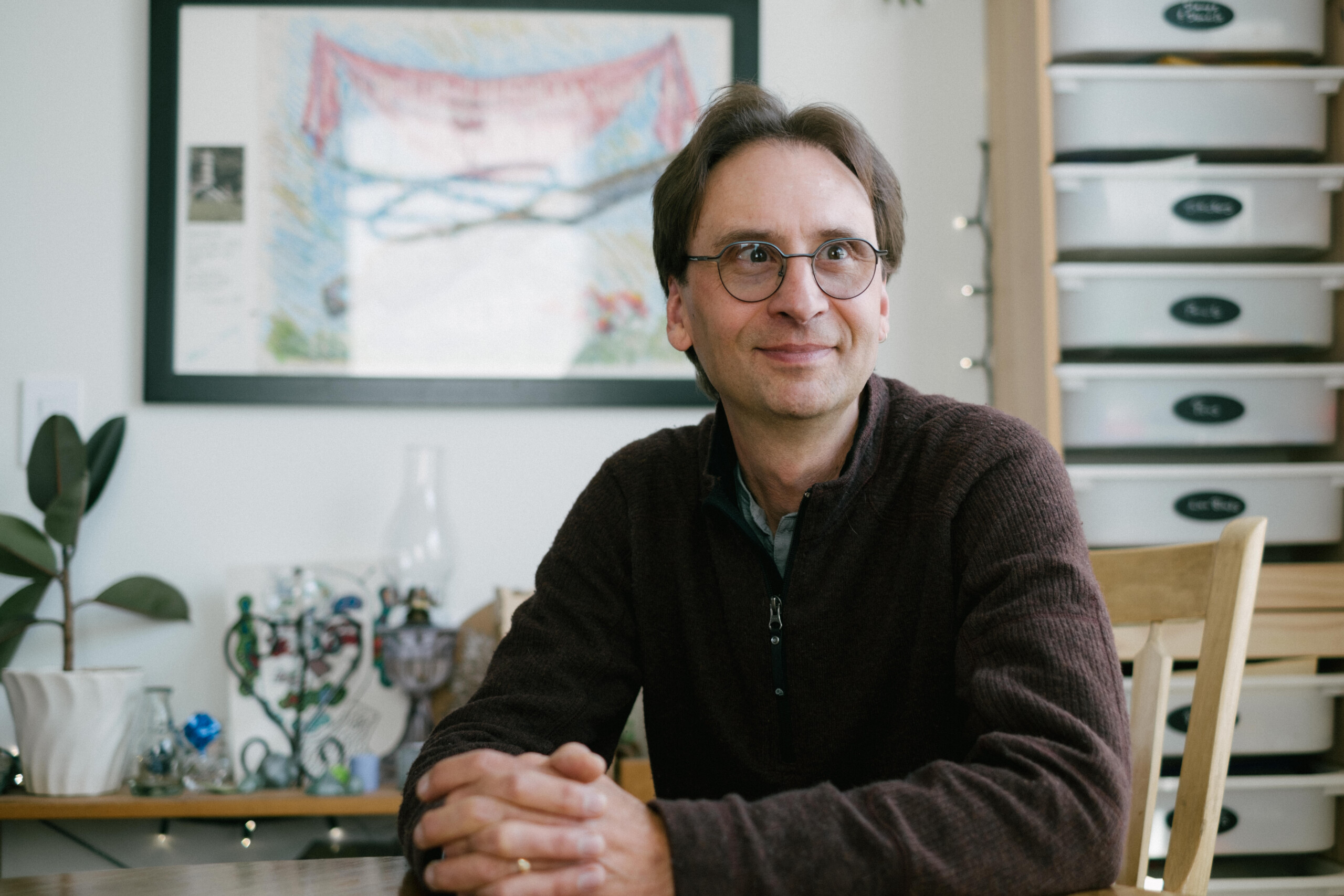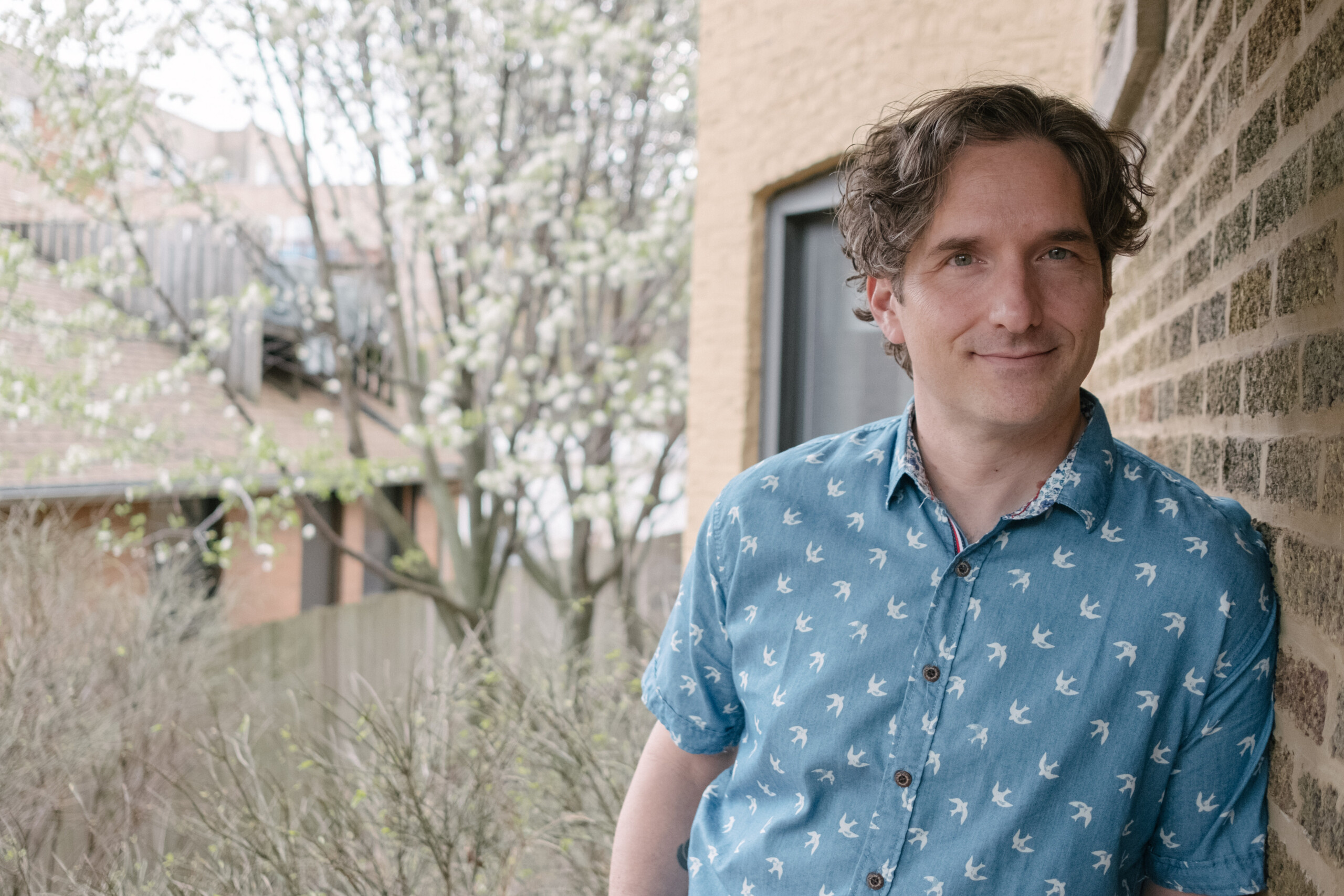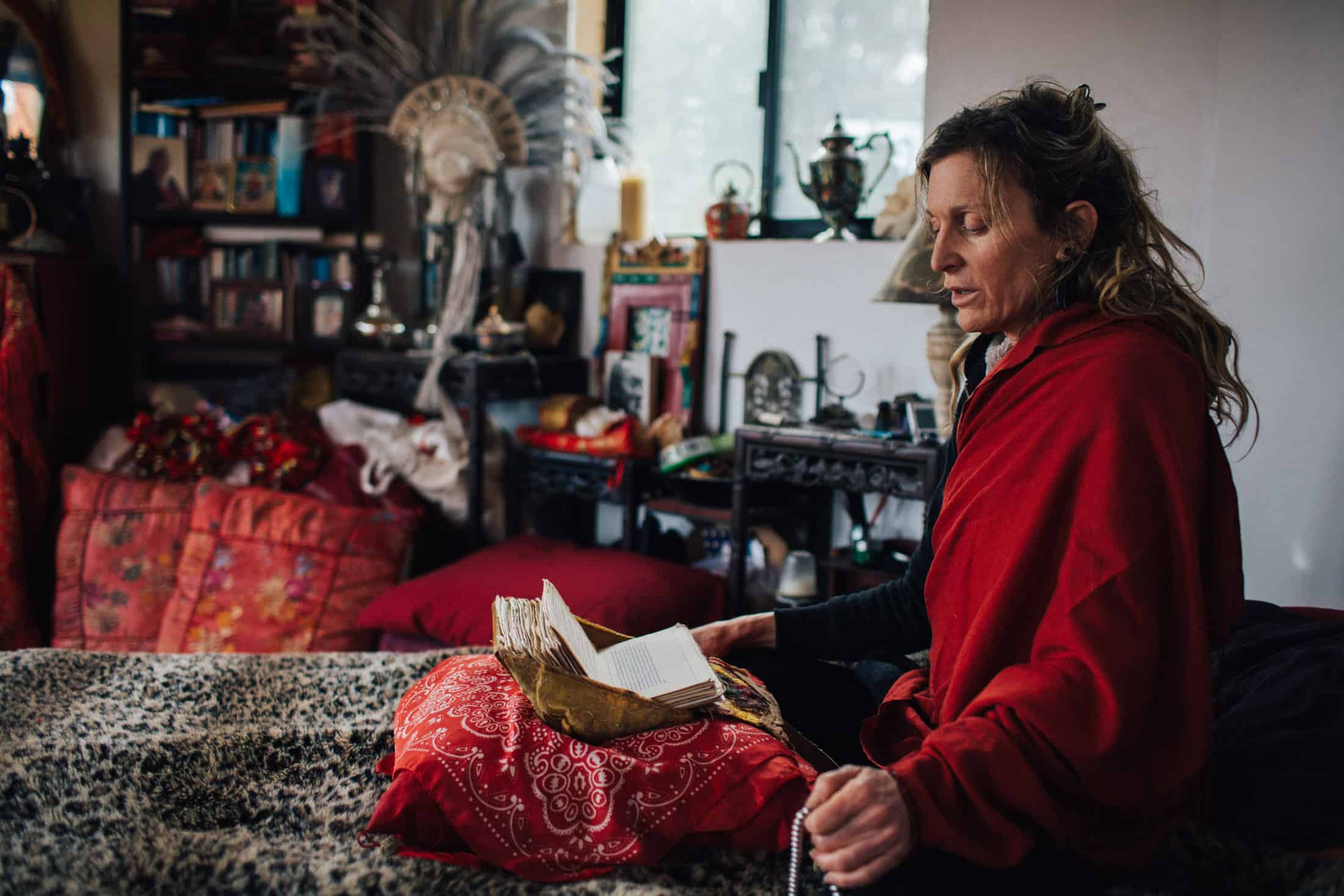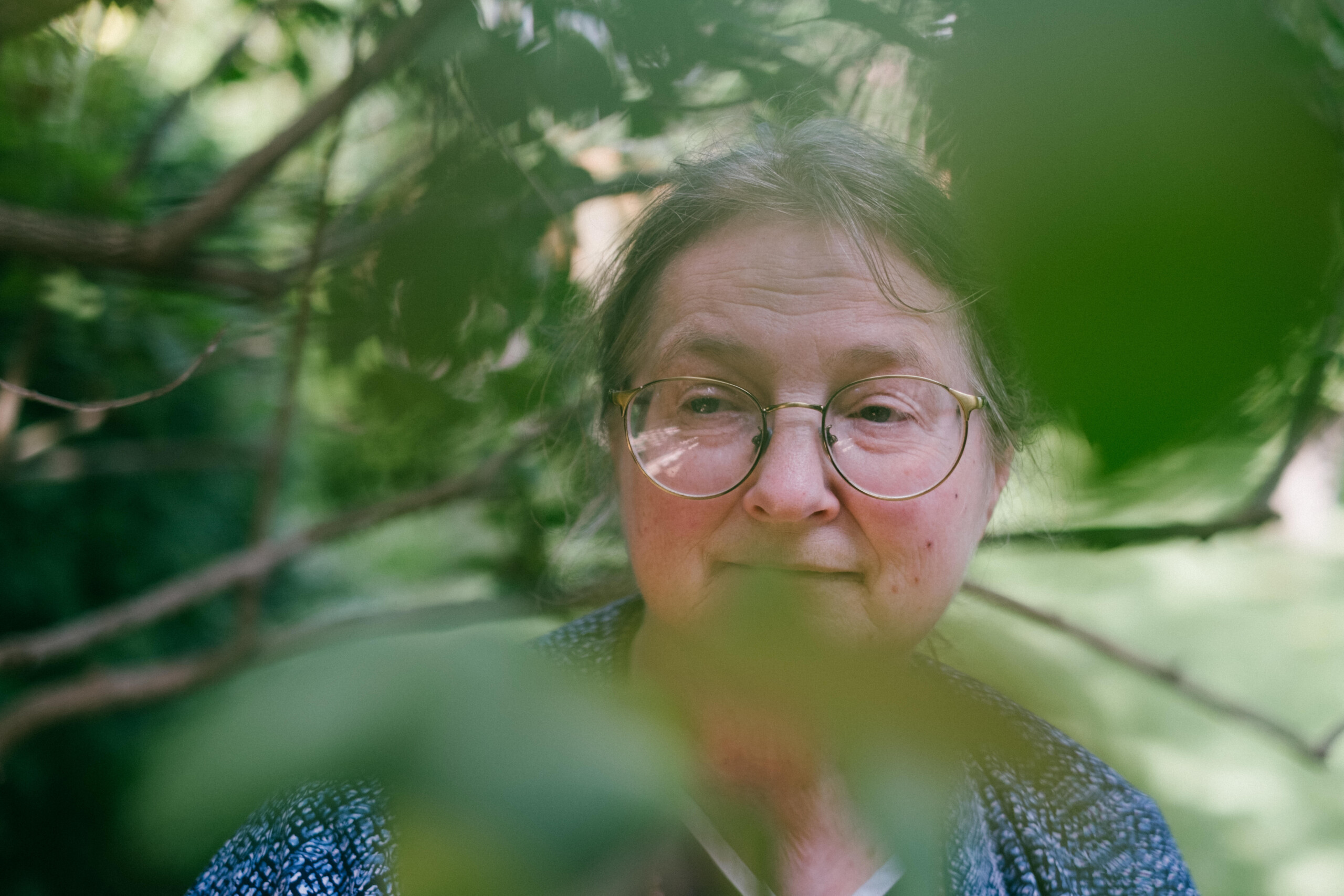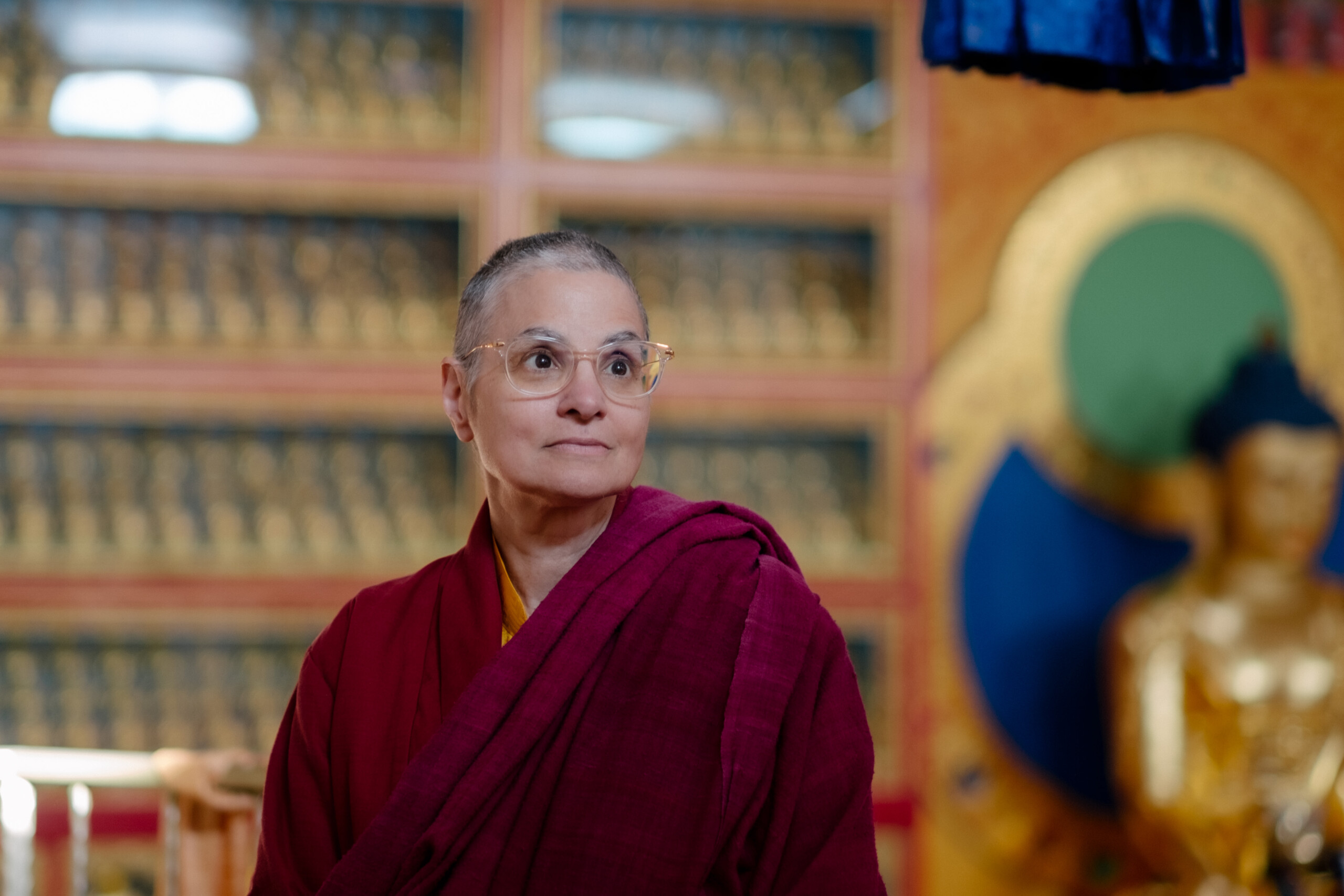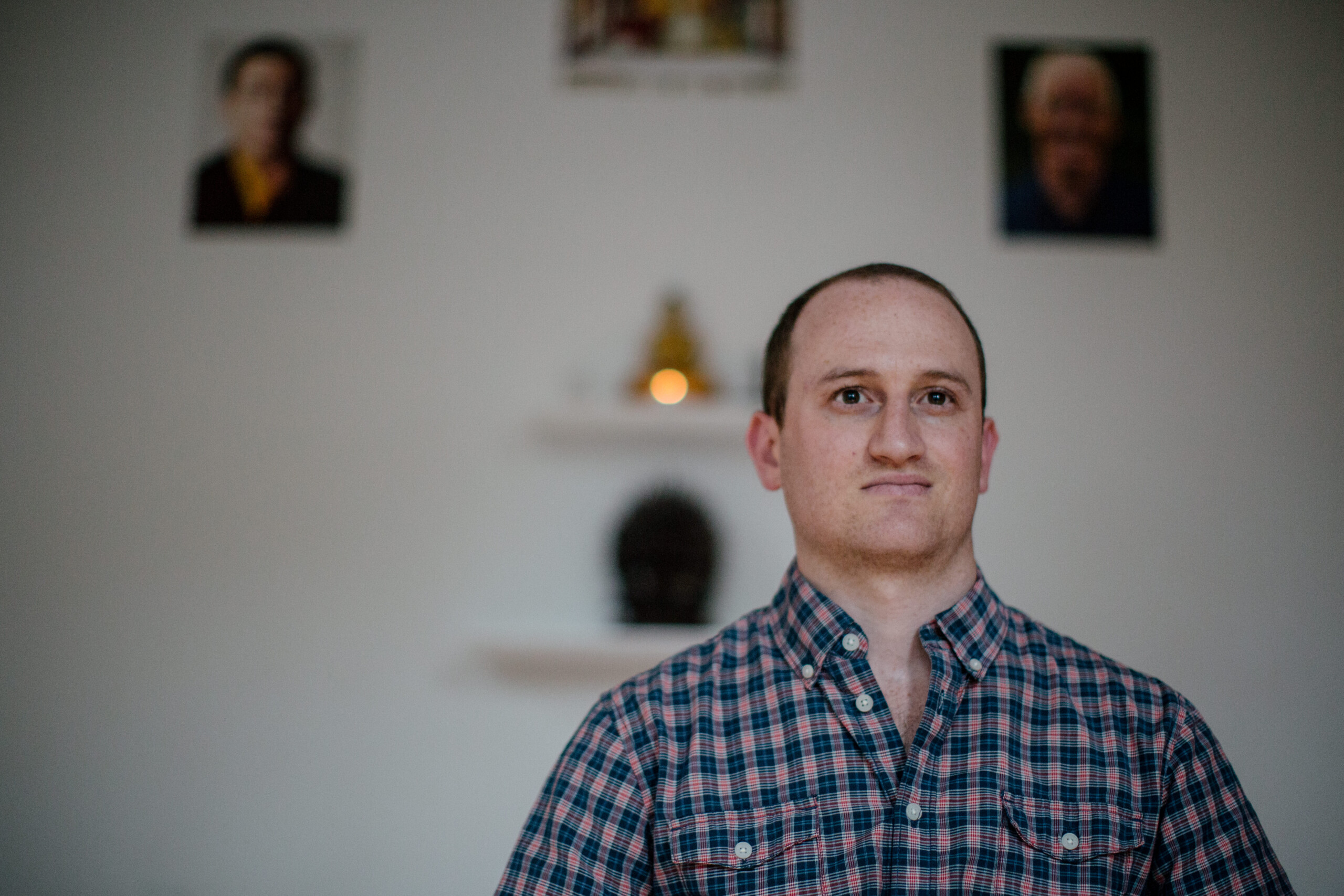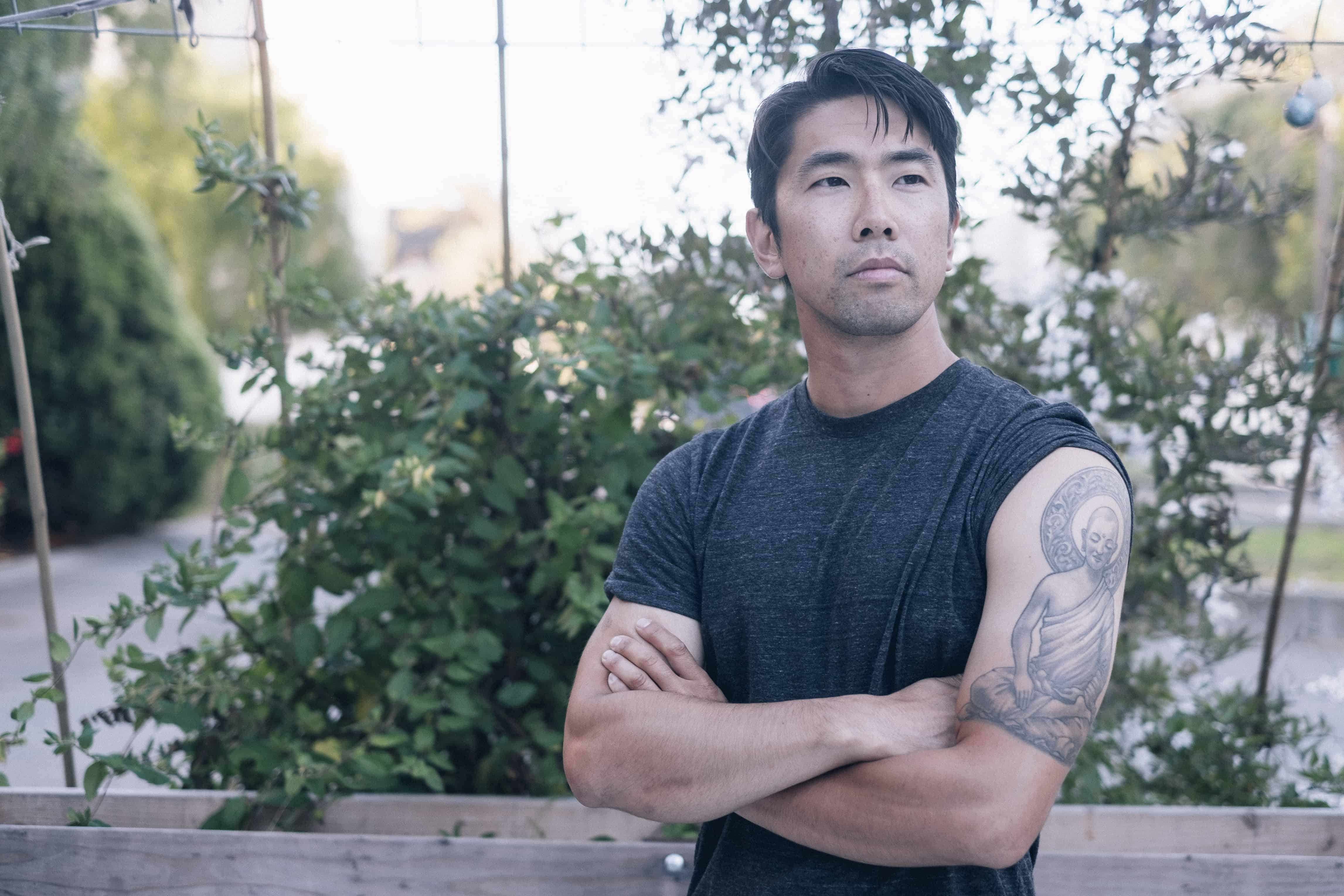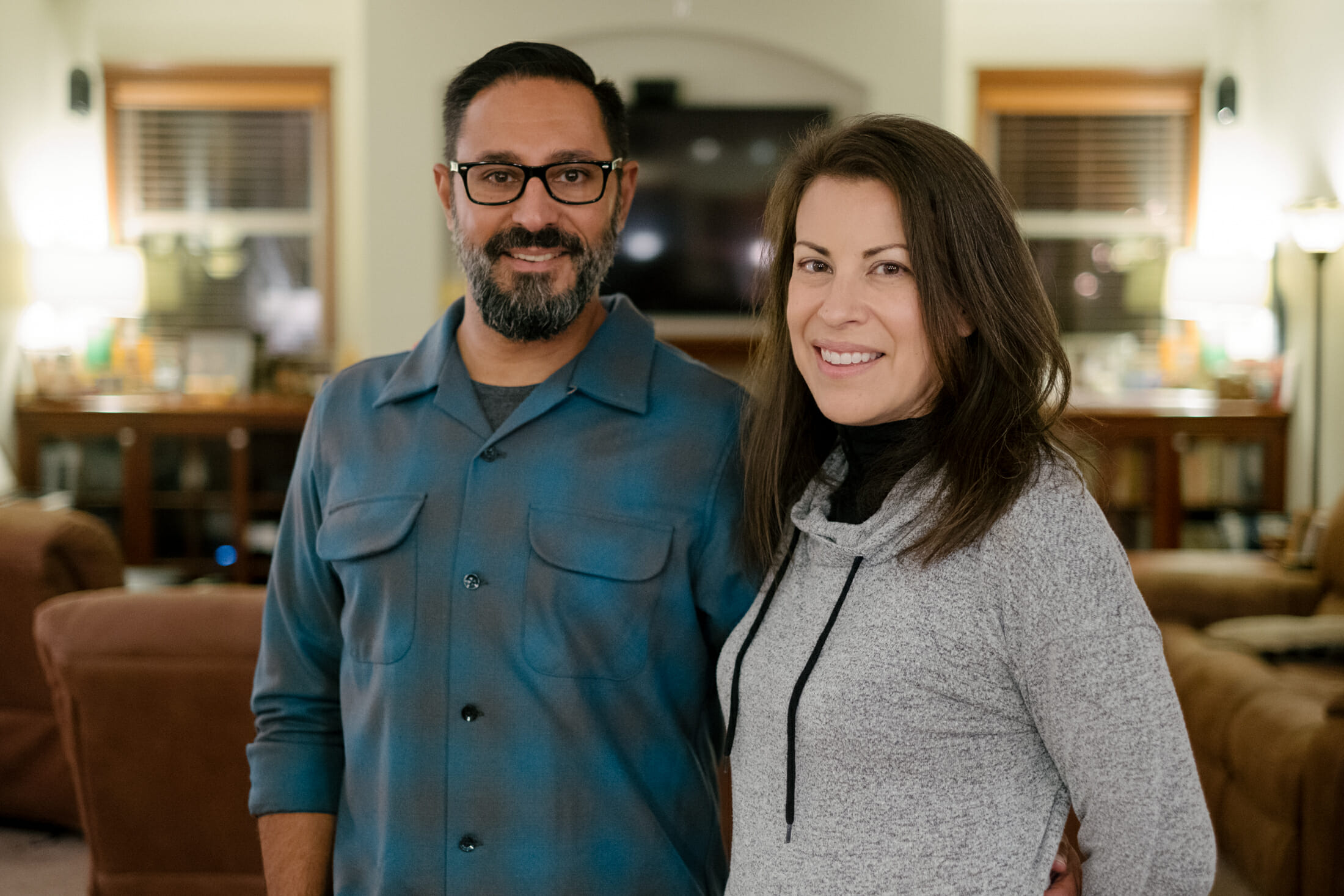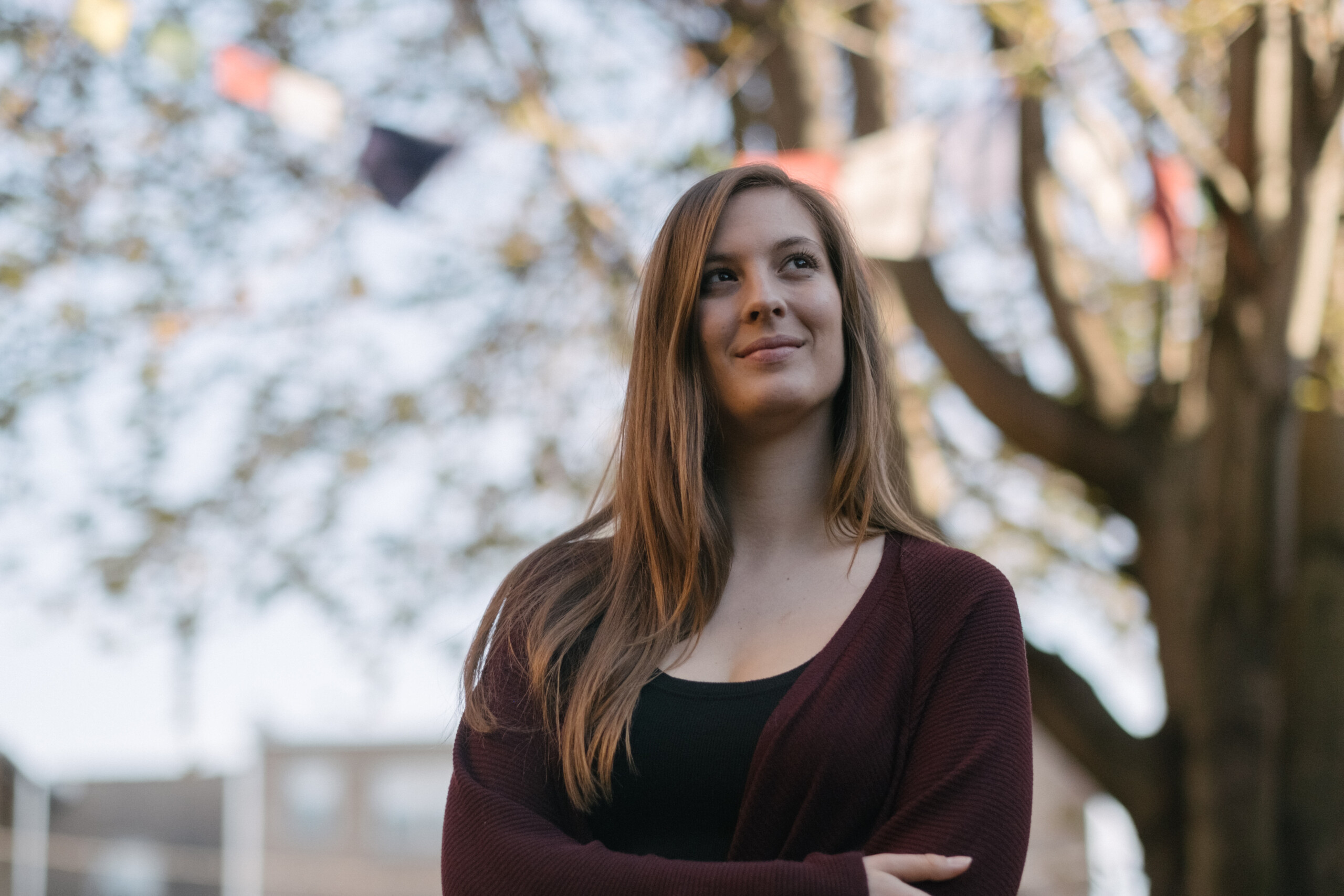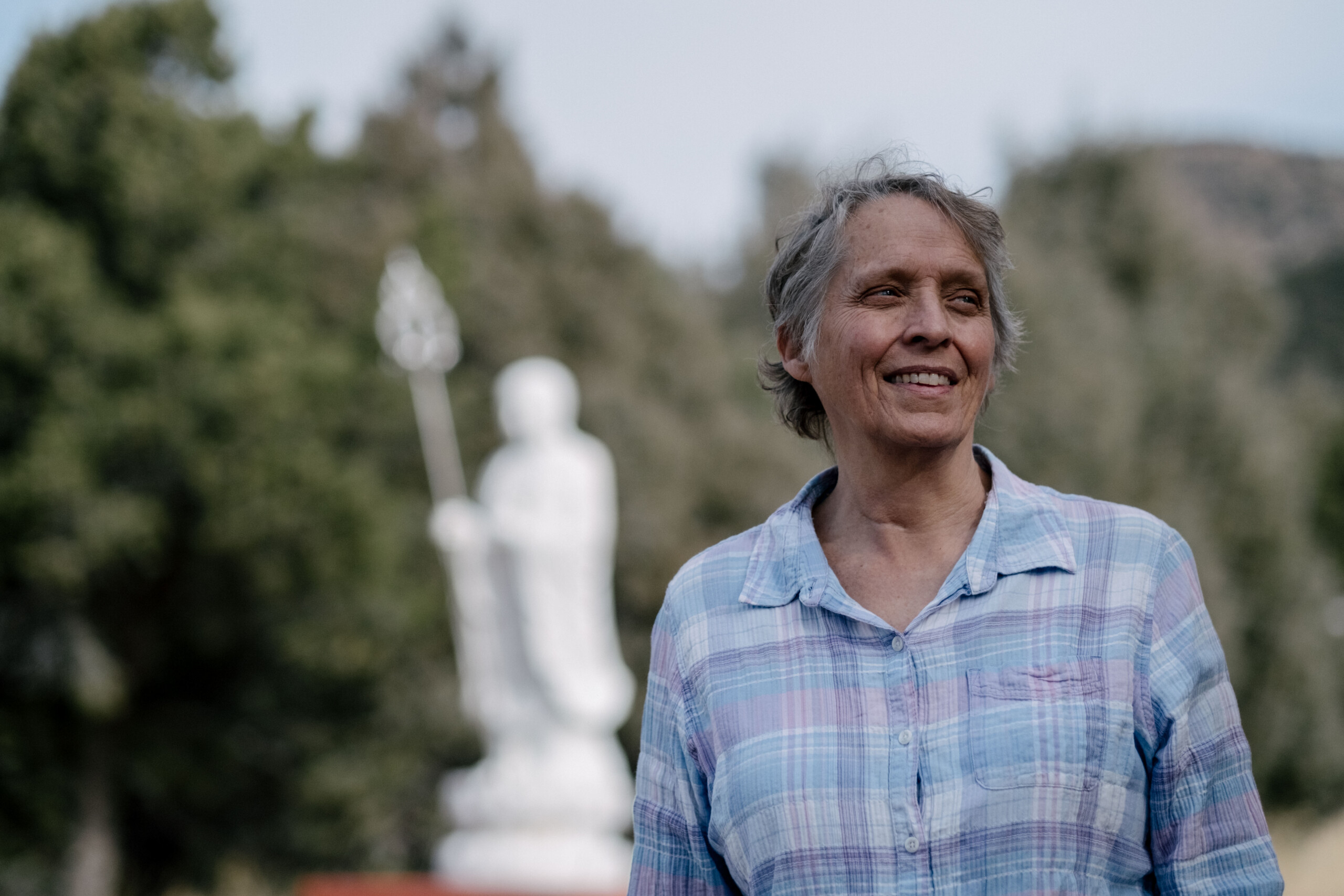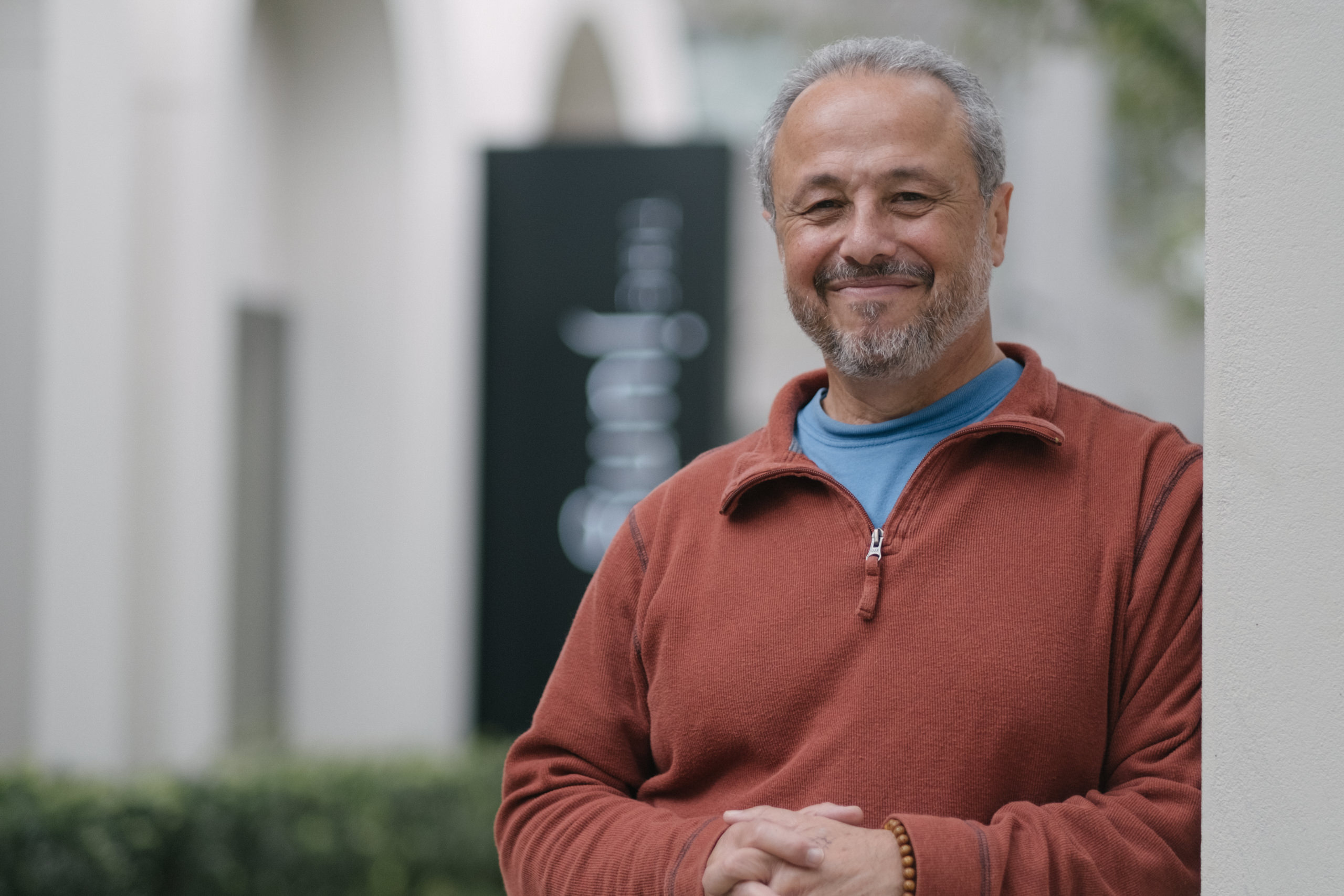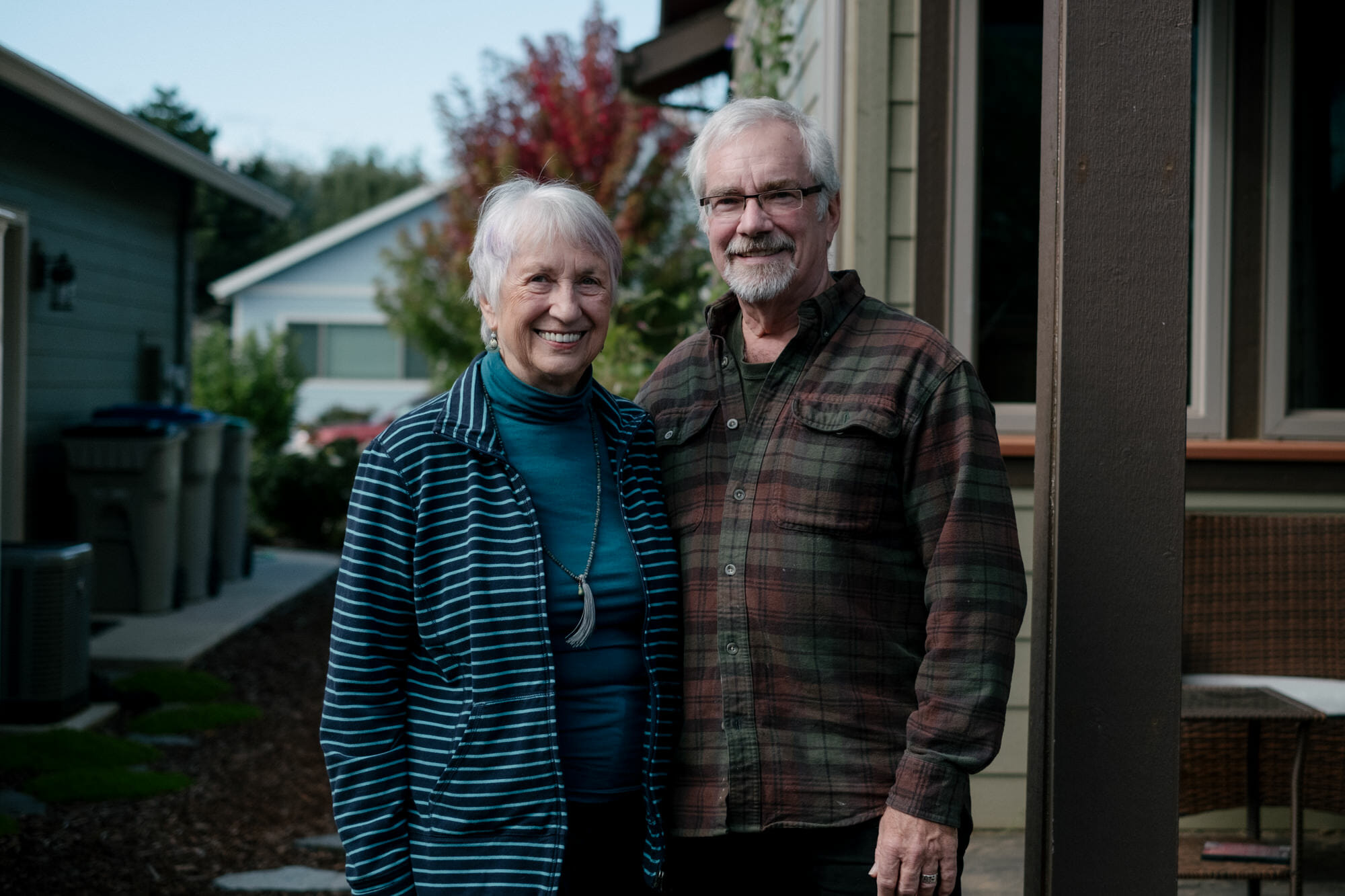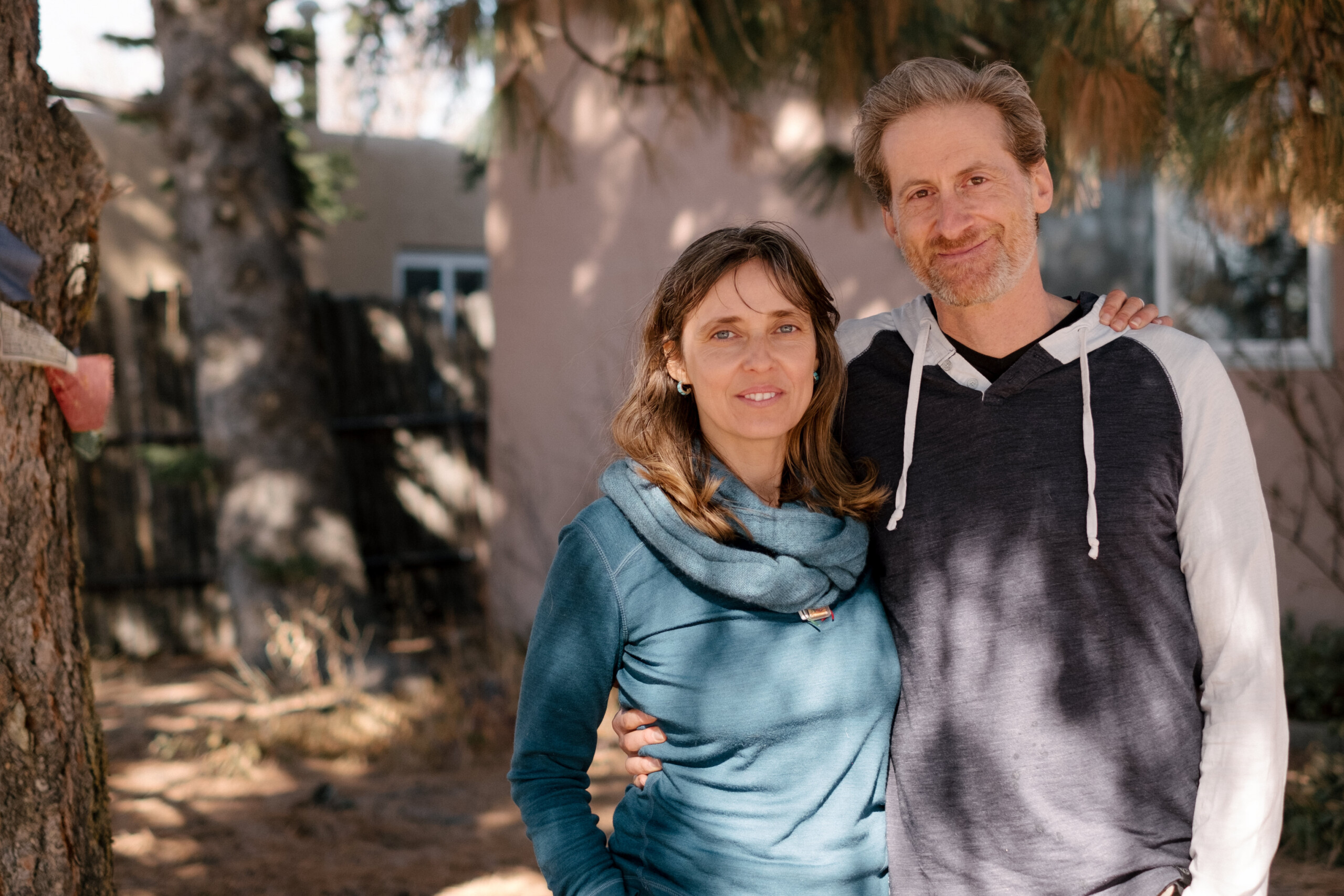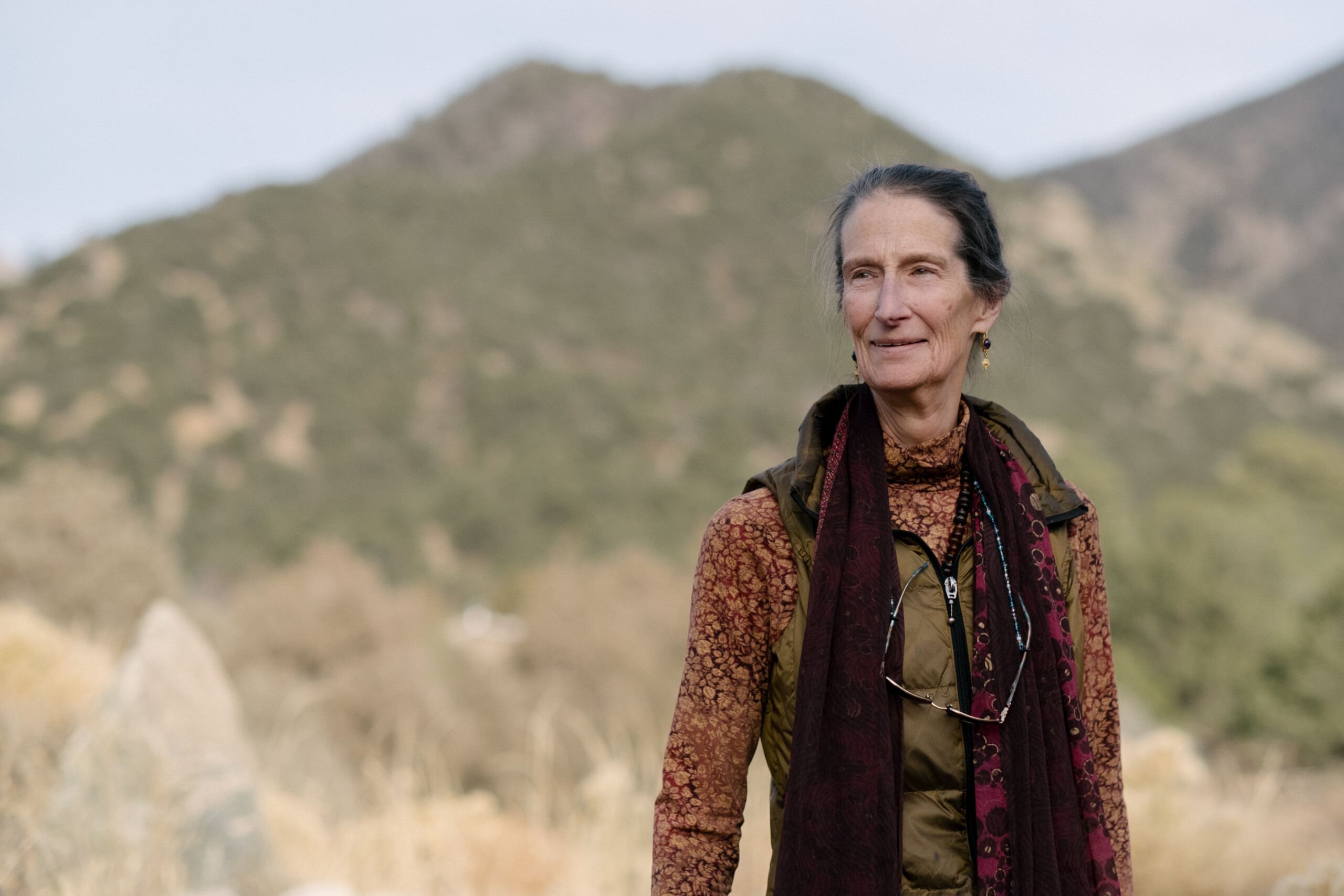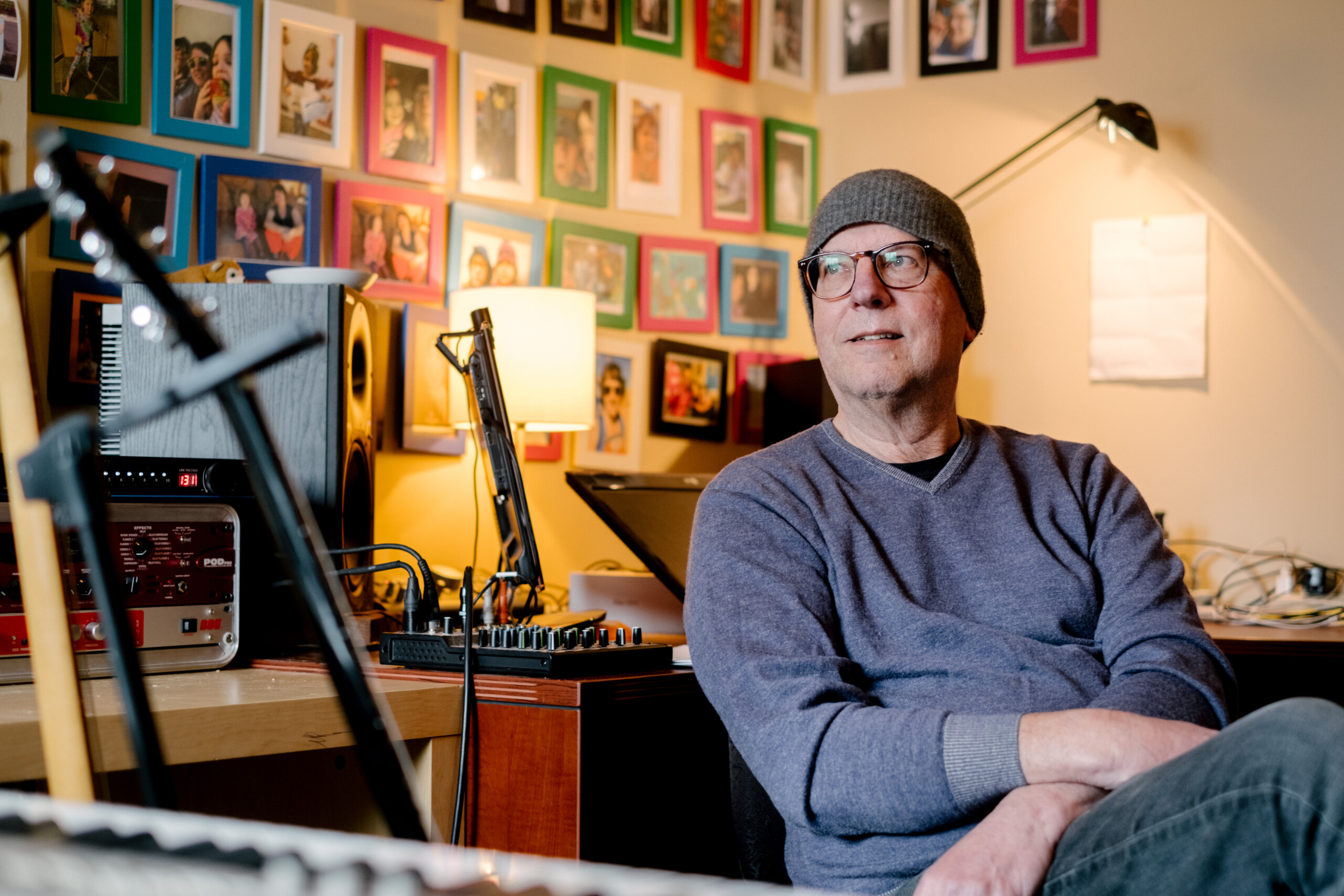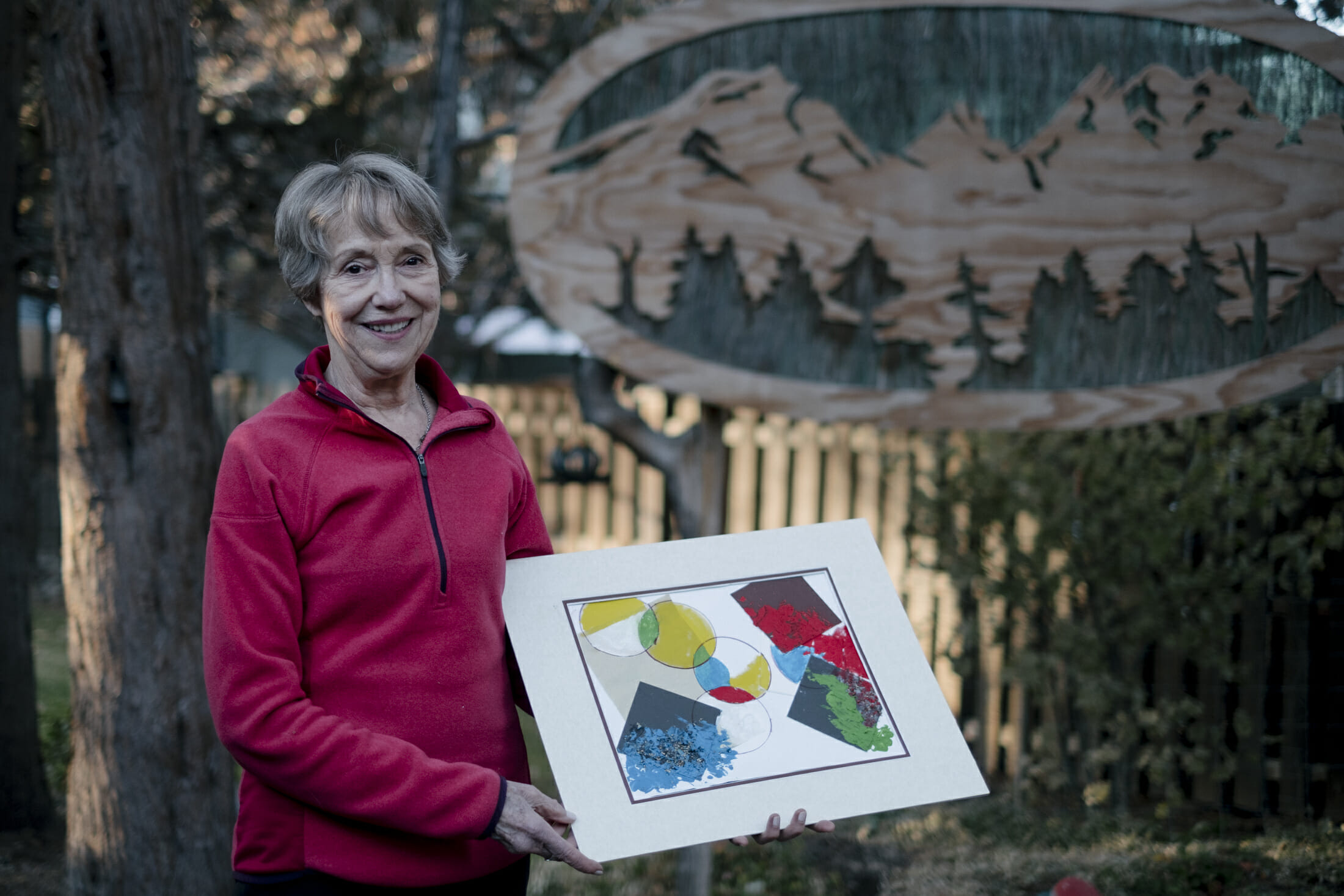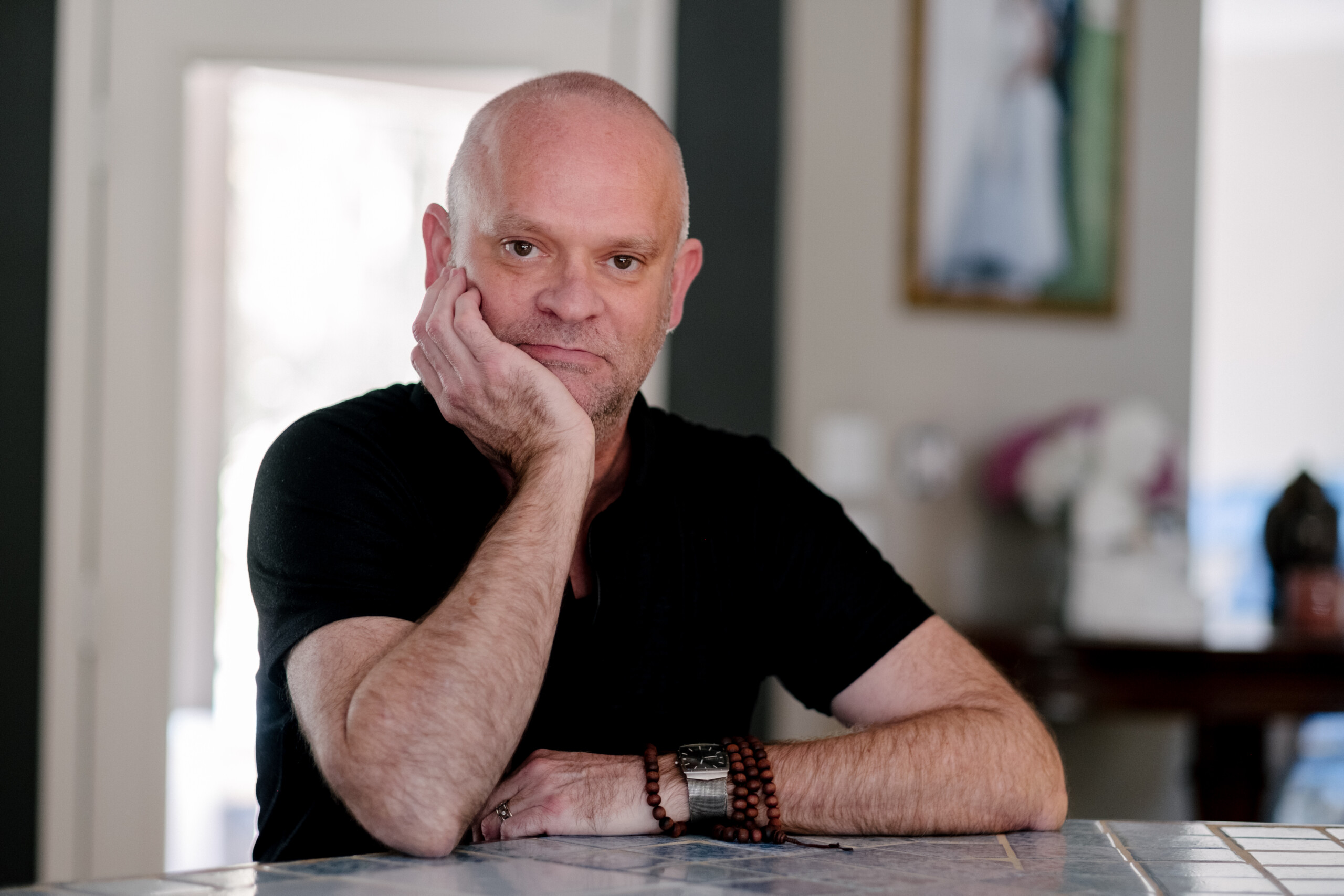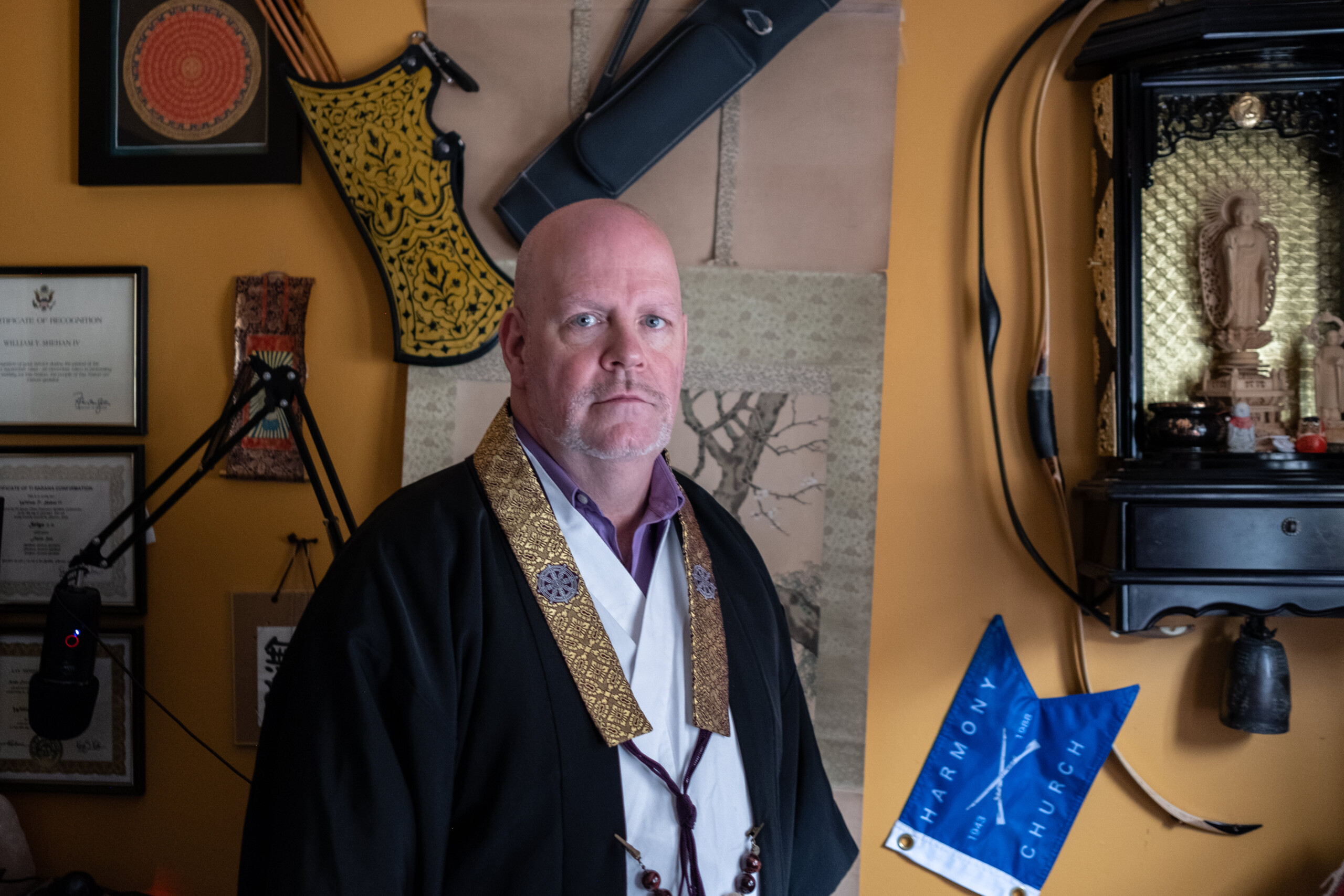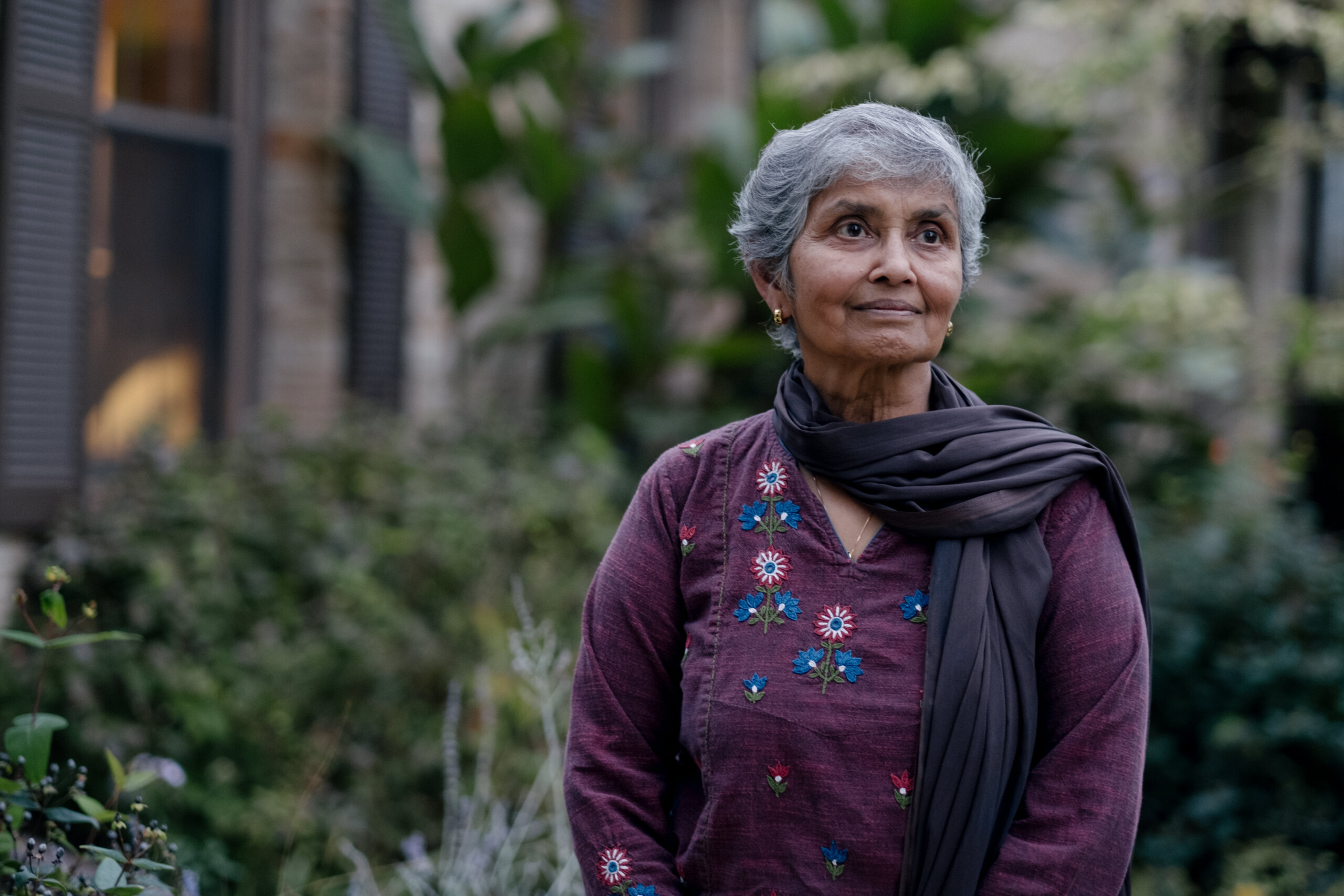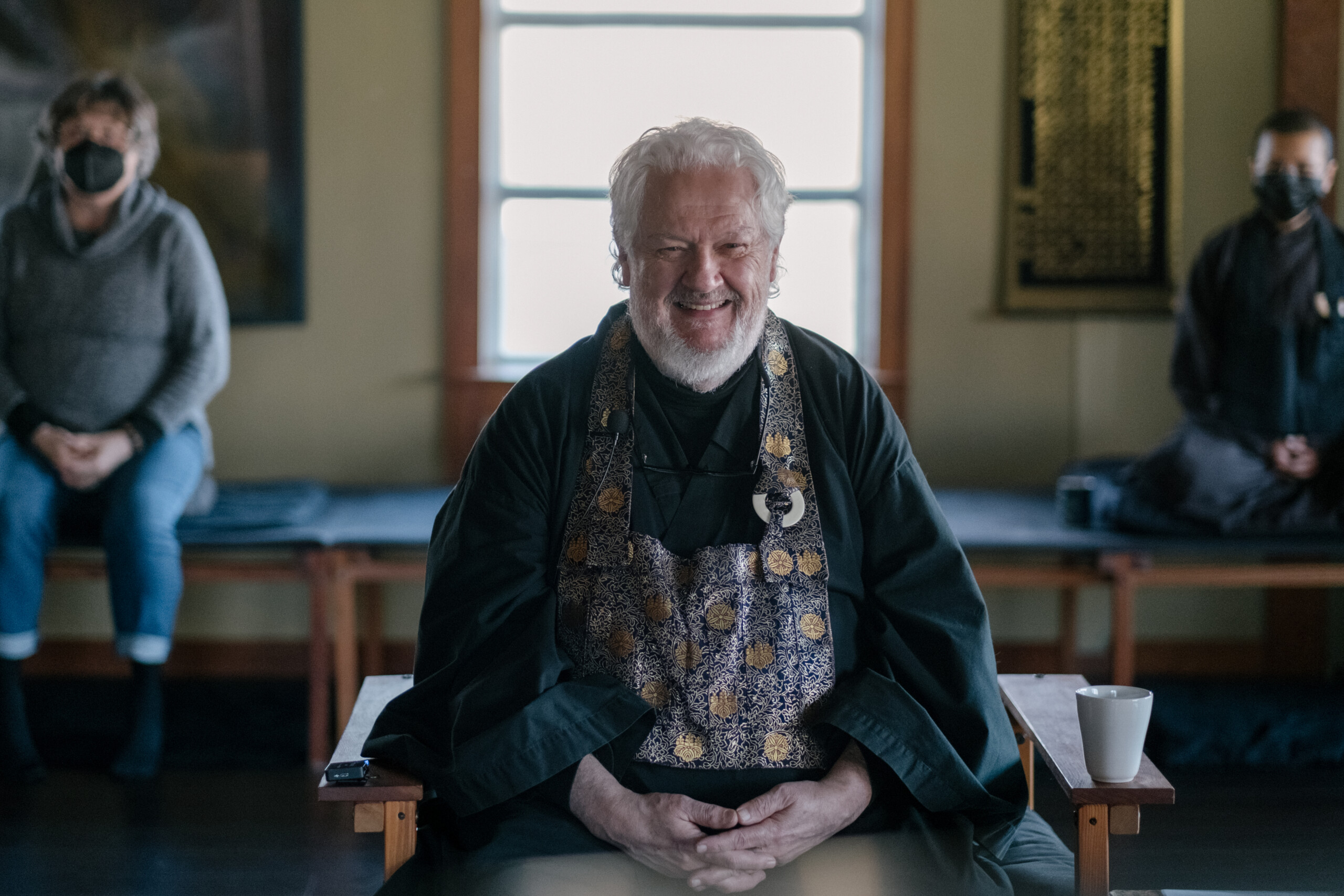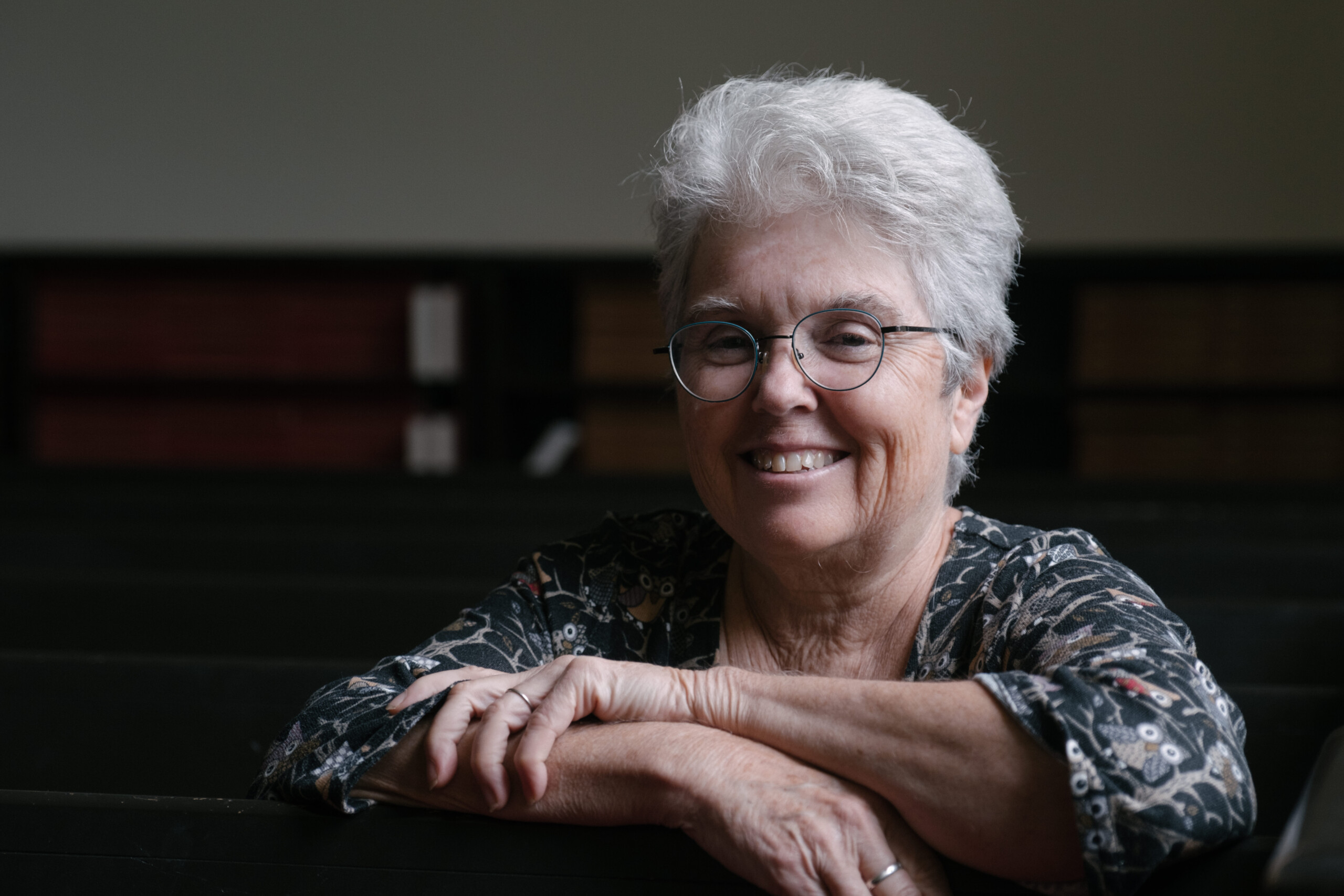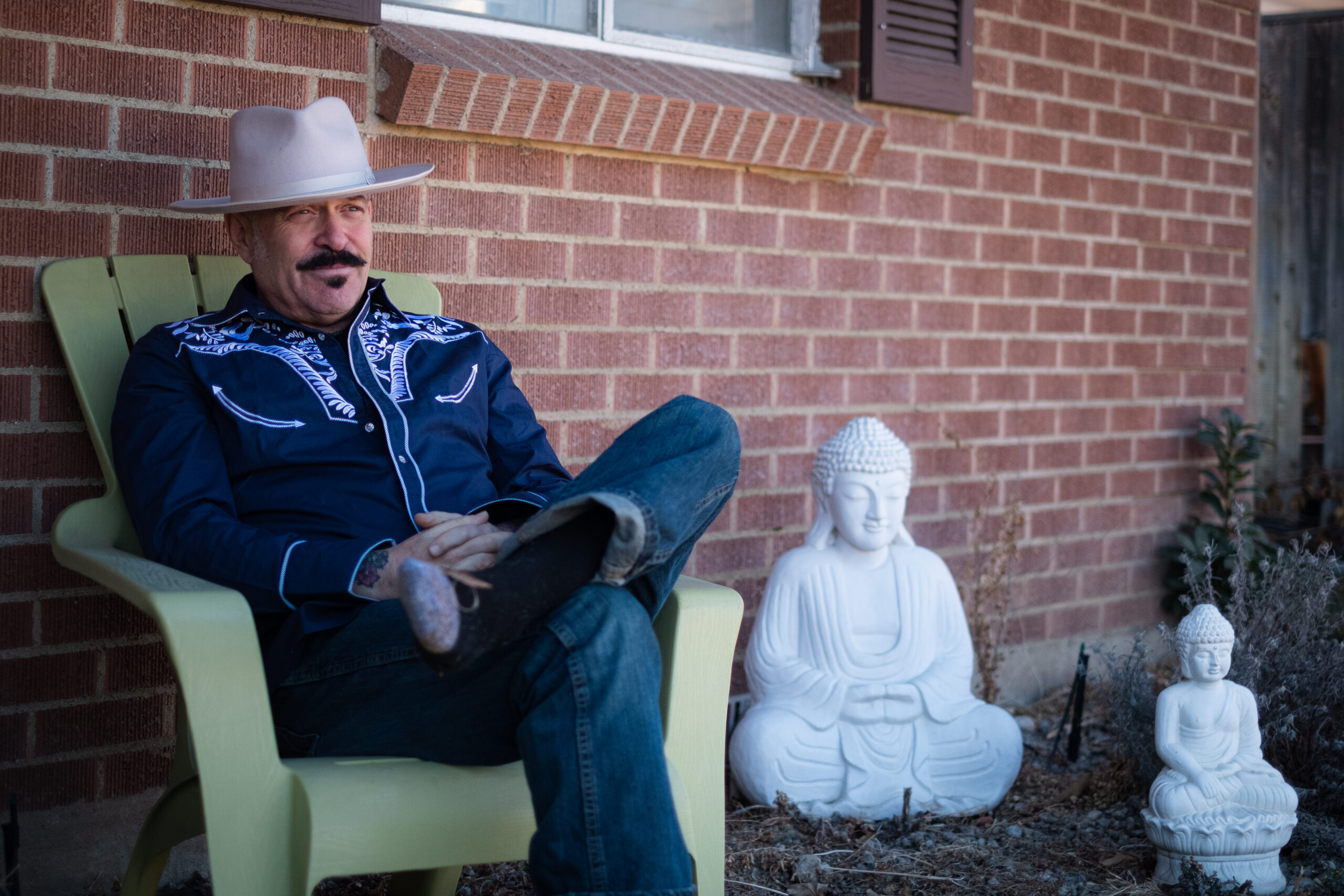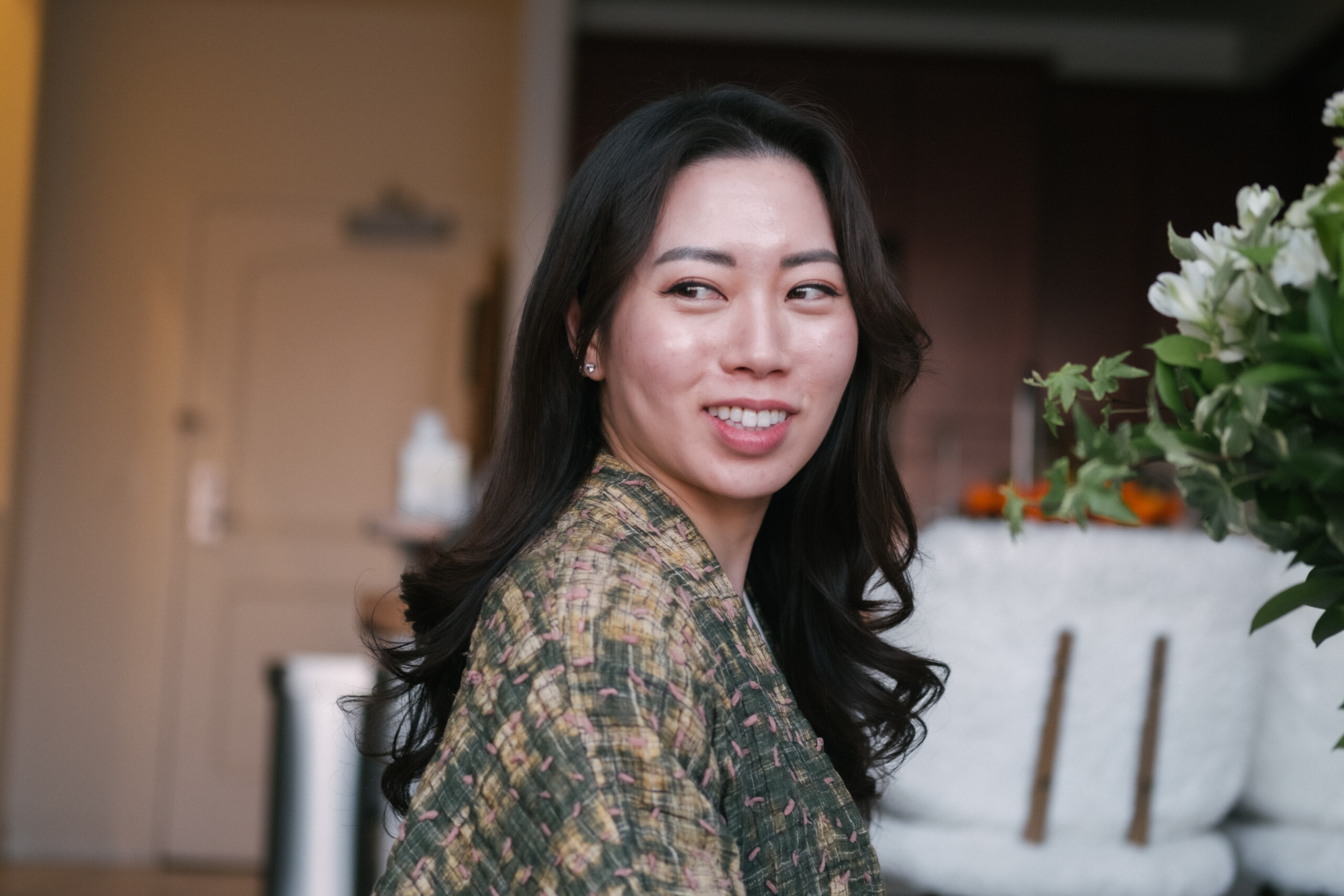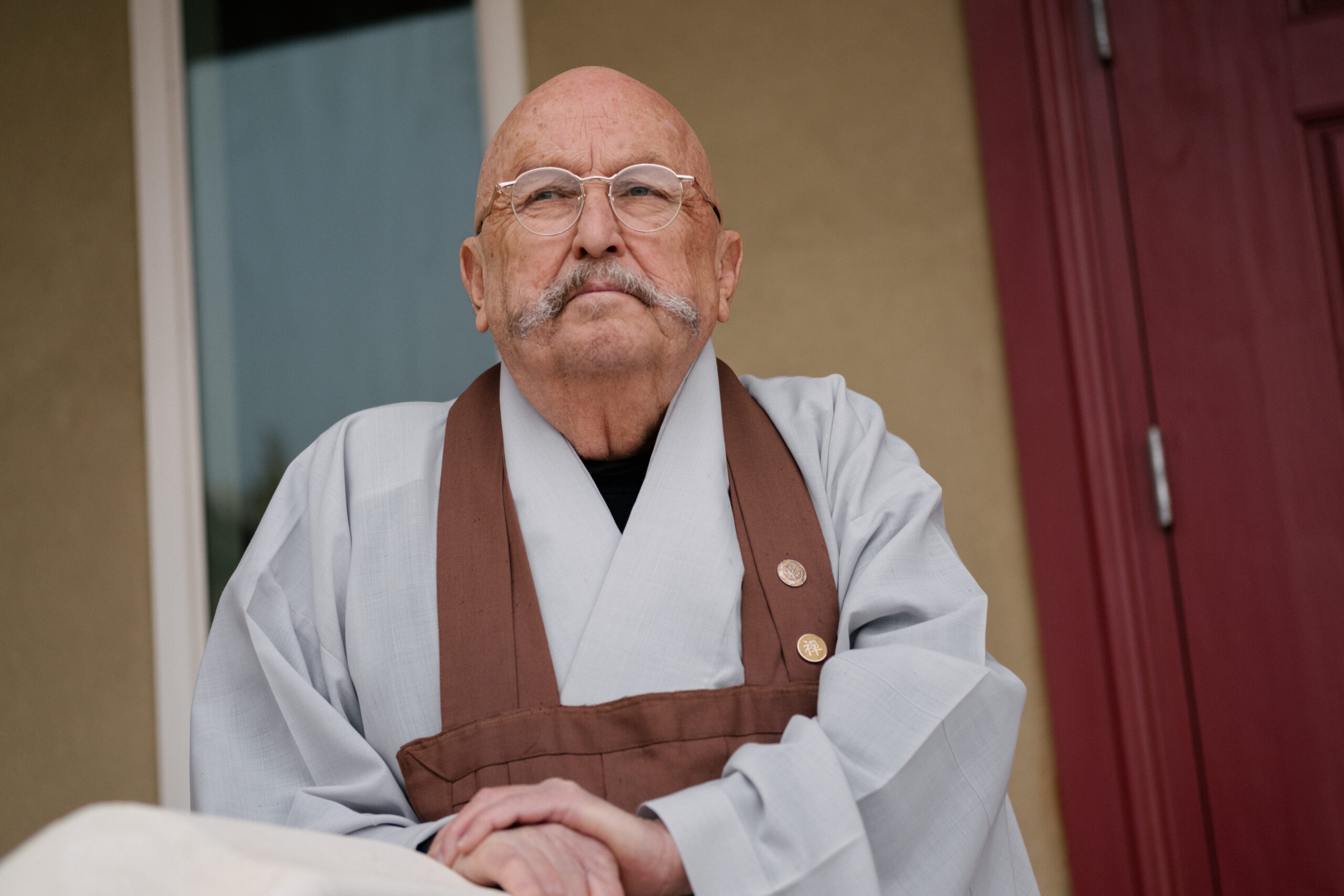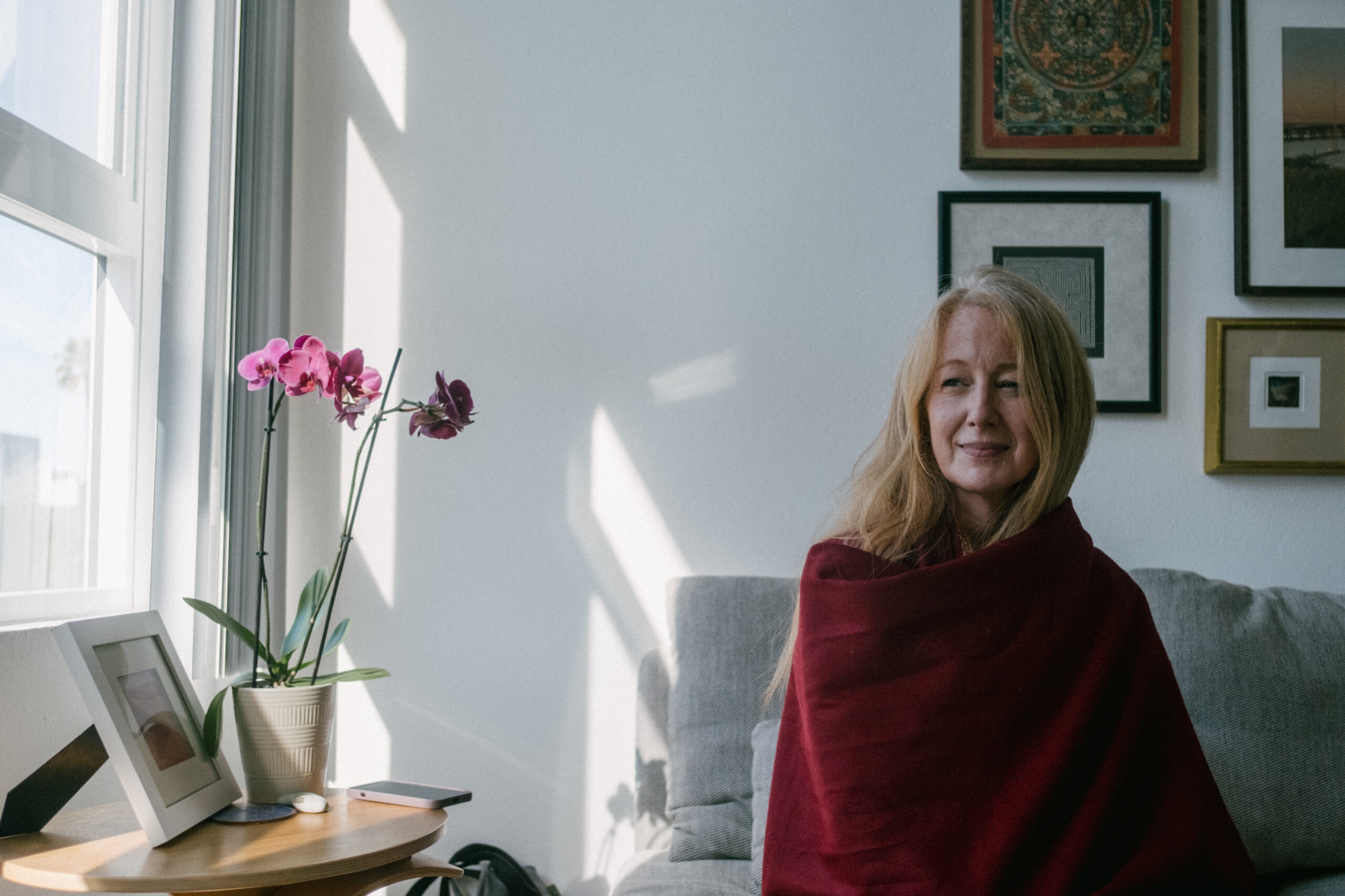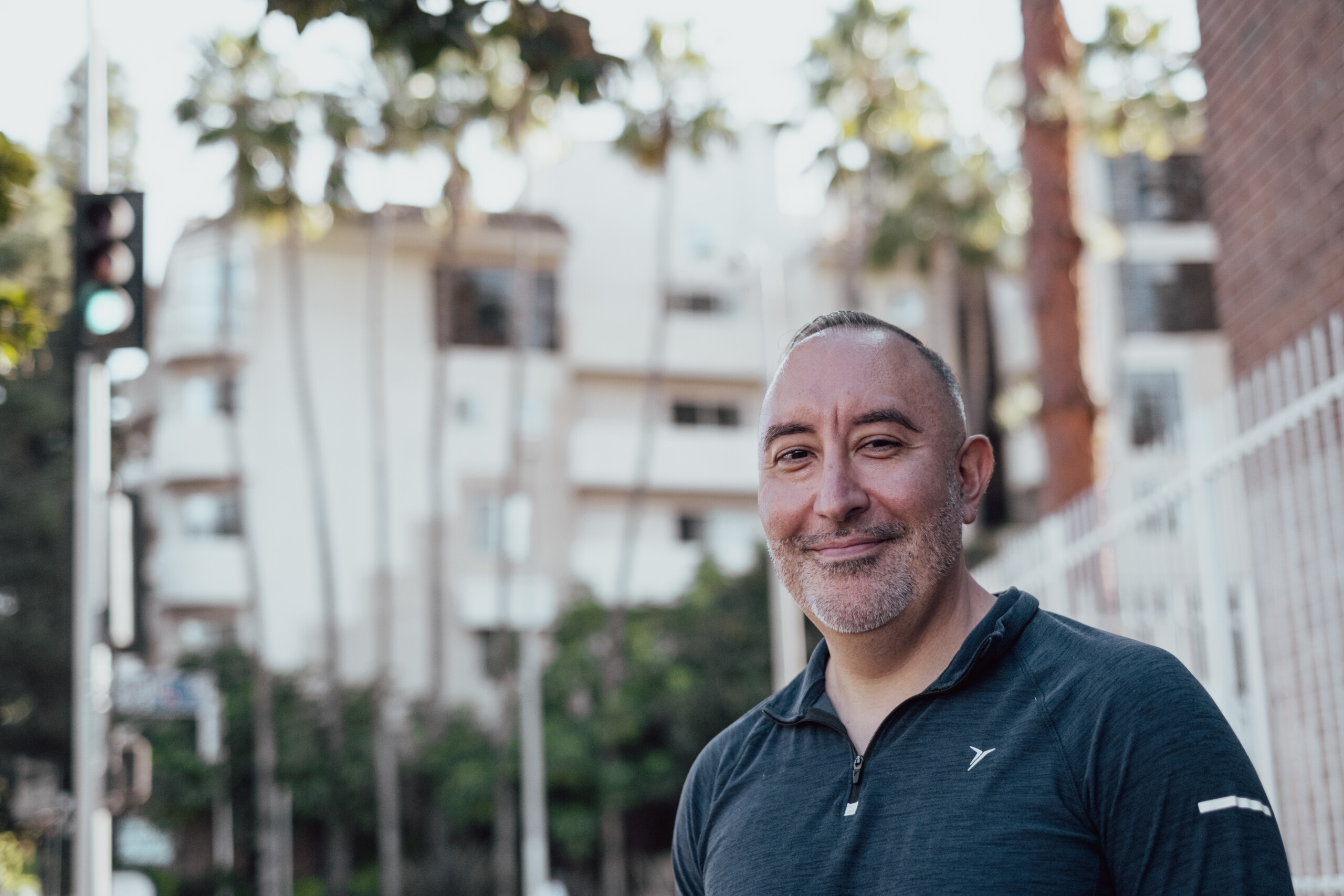Biography
Geshe Denma Gyaltsen is the resident lama of Ligmincha Texas. He arrived in Houston in January 2016 to serve as Ligmincha Texas’ first resident lama.
Geshe Denma Gyaltsen was born in the Dolpo region of northern Nepal. In 1981 his father brought him to Menri Monastery in India, regarded as the most important Bön monastery, to begin his program of study toward the Geshe degree. He received all the Bön teachings, initiations and transmissions in sutra, tantra and dzogchen from His Holiness Lungtok Tenpai Nyima Rinpoche, the 33rd Menri Trizin, and His Eminence Yongdzin Tenzin Namdak Rinpoche. When he became a senior student, he was asked to teach philosophy to younger students. He successfully completed this degree program in 1996 and was awarded the Geshe certificate, which is considered equivalent to a Ph.D. in Bön Buddhist philosophy and religion.
Geshe Denma was an accomplished teacher and in 1998 was appointed by His Holiness, with the approval of the Tibetan government in exile, first abbot of Zhu Rishing Yungdrung Kundak-Ling Monastery, a Bön Monastery in Sikkim, India. He served two terms in this capacity until 2003. In addition, from the time he graduated until 2008, Geshe Denma also was active in assisting Geshe Nyima Dakpa with the Bön Children’s Home, which houses many children in Dolanji, India, providing them with food, healthcare and free education.
Geshe Denma has traveled and shared the teachings of Bön across the US, Austria, Poland, Canada, Russia, Belarus, Germany, Switzerland and the Netherlands. In additions to the many retreats he leads, he creates and teaches online courses for Ligmincha Learning.
Background
Geshe Denma, born in Nepal, initially pursued basic Tibetan studies before attending the main monastery in northern India. Engaging in Buddhist philosophy for 15 years at the dialectics court, he then received a directive from the head Lama, Hisollen, to teach in the Sikkim monastery. After two years of teaching there, Geshe Denma resumed his studies, completing Sutra, Tantric, and Jokchan in 1996. Following his graduation, he served as the abbot at the Sikkim Bumble monastery until 2002.
Subsequently, Geshe Denma ventured to the United States, also visiting Europe, Indonesia, and other places. Focusing on learning English and addressing the scarcity of Pumba teachers in the West, he decided to teach. Balancing six months in the United States and six months in India, this routine persisted until 2015 when he became the resident Lama at Ligmata Texas, founded by Geshe Thinde.
In Ligmata Texas, Geshe Denma engages in weekly practices, monthly teachings, and healing practices on Saturdays. The center hosts regular evening practices and monthly weekend teachings. With the advent of Zoom, Geshe Denma transitioned to online teaching in 2019, reaching a wider audience and finding it convenient for both teachers and students. Despite the shift to virtual platforms, Geshe Denma expresses satisfaction with the accessibility and effectiveness of online teachings, emphasizing the benefits of reaching more people while saving time.
Lineage
Geshe Denma explains the distinctions between Bon Buddhism and Tibetan Buddhism, highlighting differences in lineage, language, and practices. Bon Buddhism traces its foundation to Thumba Sharap over 18,000 years ago and has roots in the native religion of Tibet, particularly in the expansive Shangshung region.
Shangshung, once a large kingdom centered around Mount Kalash, had a distinct language and literature. The Bon Buddhist lineage encompasses three main branches: Sutra, Tantra, and Jokshan. Jokshan, a practice unique to Bon Buddhism, predates even the Nyingma tradition.
Emphasizing healing practices, Burnt Buddhists believe in addressing the nine wastes of the burn, focusing on capacity and individual energies. Healing involves connecting with nature, purification rituals, and solitables to restore lost energy and concentration.
The teachings progress from basic levels, connecting with nature, to advanced practices like Zhok Chan, considered a sacred and precious teaching. The Zhok Chan, also known as Shangshun Yanju, involves air transmission from teacher to student, passing through 24 masters. These teachings are written down only after the 24th master, and their transmission is considered sacred.
The path to liberation in Burnt Buddhism involves non-breathing purification, described as a vital practice similar to taking multivitamins or having a box of tools for the body. After thorough purification, practitioners engage in various forms of meditation, exploring the nature of the mind and reaching a state of emptiness.
Geshe Denma underscores the importance of not chasing thoughts during meditation but instead understanding their origin, color, and shape. The ultimate goal is to realize emptiness and maintain a focused, meditative state, making this form of practice the main emphasis in Burnt Buddhism.
Modern Students
Geshe Denma observes a growing readiness among students to receive teachings and engage in practices, particularly focusing on the unique Jogjang teachings. However, the emphasis is on gradual teaching, starting with practices like the nine breathing, auto-purifications, Chalung exercises, and Mundus, the nine preliminary practices, before delving into Jogjang directly.
Reflecting on the challenges faced in the early 1990s when Western students were new to Buddhism, Geshe Denma notes the current readiness of students who have gained exposure to various teachings. He tailors teachings based on the students’ readiness, introducing foundational practices like the nine breathing, pre-purifications, and transforming the five poisons into wisdom.
Addressing the high stress levels prevalent among Western students due to daily work pressures, Geshe Denma emphasizes the role of meditation in releasing stress. Meditation practices involve connecting with the space element through the syllable “r,” helping practitioners release stress and find mental clarity.
Geshe Denma acknowledges cultural differences between the West and Asia, modifying teachings to suit the Western lifestyle. While in Asia, there may be more time and less job-related stress, adjustments are made to accommodate the Western context.
Teaching methods also adapt to the students’ capacities, with more in-depth teachings for those deeply connected to the culture and simplified approaches for newer students. Geshe Denma introduces practices such as Ganapuja, reciting mantras, and indigenous deity practices based on the students’ familiarity and interest in the culture.
The teachings also address obstacles or “poisons,” such as attachment, anger, ignorance, pride, and jealousy. Strategies include renunciation, wisdom practice, and the path of transformations to turn these poisons into wisdom. The ultimate goal is liberation, leaving the poisons behind and allowing them to dissolve naturally, akin to bubbles in water. Geshe Denma emphasizes practical examples and tailored approaches to help students overcome obstacles and progress in their spiritual practice.
Student Teacher Relationship
Geshe Denma emphasizes the significance of the teacher-student relationship and the unbroken lineage in the practice of Buddhism. Reflecting on an 18,000-year-old lineage, he underscores the importance of teachings received from His Holiness and young dong parents, emphasizing that the unbroken lineage brings blessings to students.
The communication between teachers and students is crucial, and Geshe Denma encourages students to openly ask questions to clarify any obstacles they face in their practice. He stresses the importance of understanding teachings and resolving doubts, creating a space for fruitful practice.
In the context of teaching practices and transmissions, Geshe Denma outlines three essential elements: teaching, transmission, and empowerment. He discusses the structured approach in the LingMijia International and LingMijia Texas, where monthly teachings are planned to benefit practitioners.
Geshe Denma uses a metaphorical toolbox to explain the diversity of teachings, encouraging students to choose practices that suit their capacity and needs. He highlights the importance of an open mind, relating it to the capacity of a pipe, and suggests that students explore teachings that benefit their daily lives and alleviate stress.
The discussion extends to visualization practices, which Geshe Denma acknowledges as challenging for practitioners worldwide, not limited to Western students. He suggests a gradual approach, beginning with common binding practices to control the mind before delving into visualization. Visualization is presented as a transformative practice, with the recommendation to focus on the image before attempting to transform oneself into the visualized deity.
In summary, Geshe Denma’s teachings emphasize the importance of lineage, effective communication between teachers and students, and a practical, adaptable approach to teachings based on individual capacities and needs.
Visualization Practice
Geshe Denma delves into the transformative nature of Tantric practice, specifically focusing on visualization as a key component. He explains the process of turning the five poisons, such as ignorance, into wisdom through visualization techniques. Using the metaphor of a dark room transforming into light, he emphasizes that Tantric practices enable practitioners to internally switch on the light without external tools.
The discussion expands to the three teachings within Tantra, highlighting the choices practitioners have: antidotal practices, transformation practices, and deity visualizations. Geshe Denma stresses the importance of thangas as visual supports for practitioners, allowing them to embody the qualities of deities through visualization.
Connecting Tantric practices to daily life, Geshe Denma notes that not all practitioners seek enlightenment; some aim to improve their daily lives or solve specific problems. He emphasizes the value of recognizing self-created problems and using visualization practices to dissolve them.
Geshe Denma introduces check practice in Tantric practices, explaining how practitioners can use visualization to protect themselves from disturbances or spirits. Through visualization, practitioners transform their consciousness, offering their bodies to spirits and making promises to avoid harming others.
He concludes by discussing Choe, a set of practices within Tantric rituals, which involves refuge practice, bodhicitta practice, giving the body to spirits through visualization, making promises, and dedication practice. Geshe Denma categorizes this as a visualization practice, underlining its importance in Tantric traditions.

